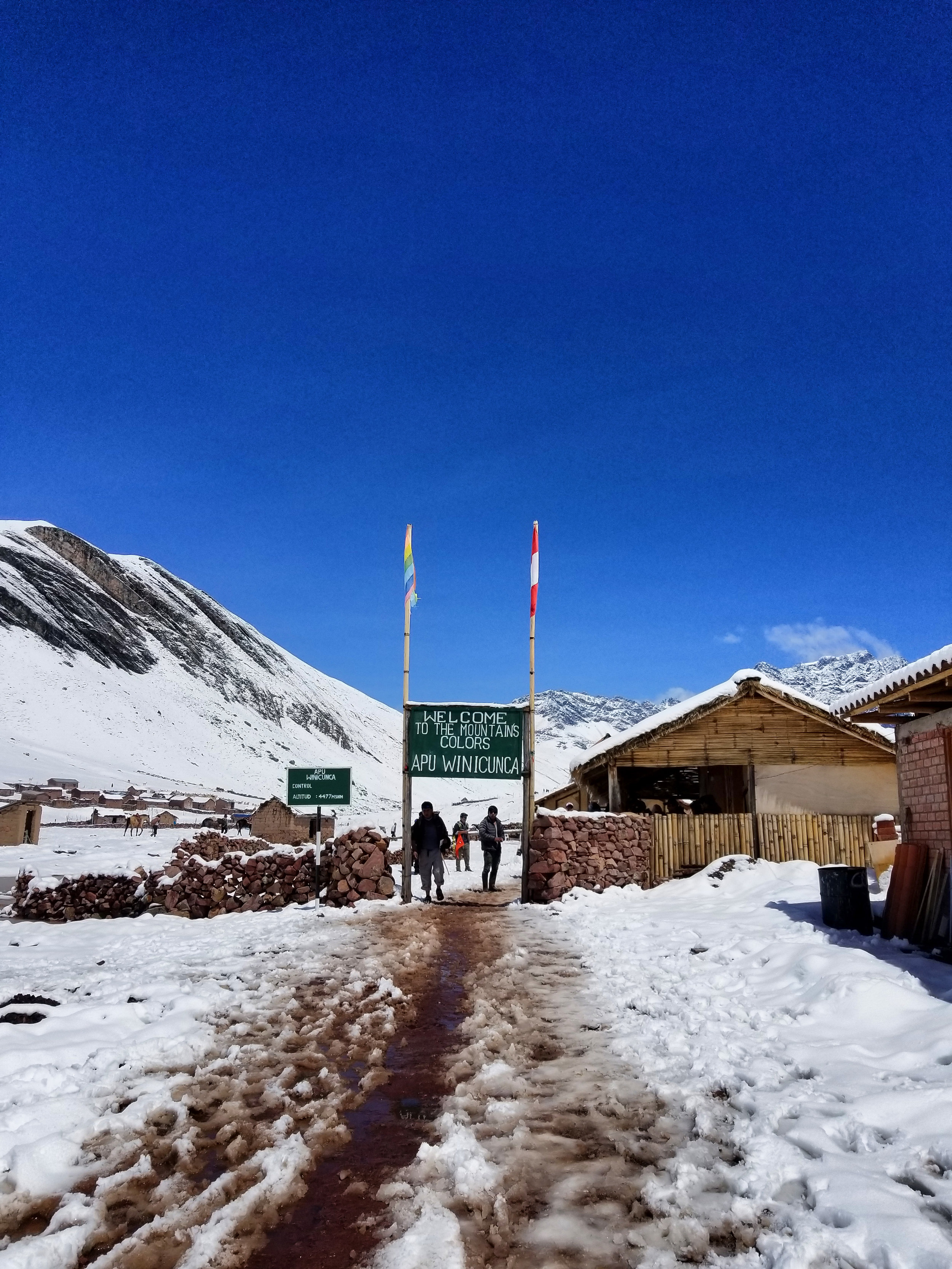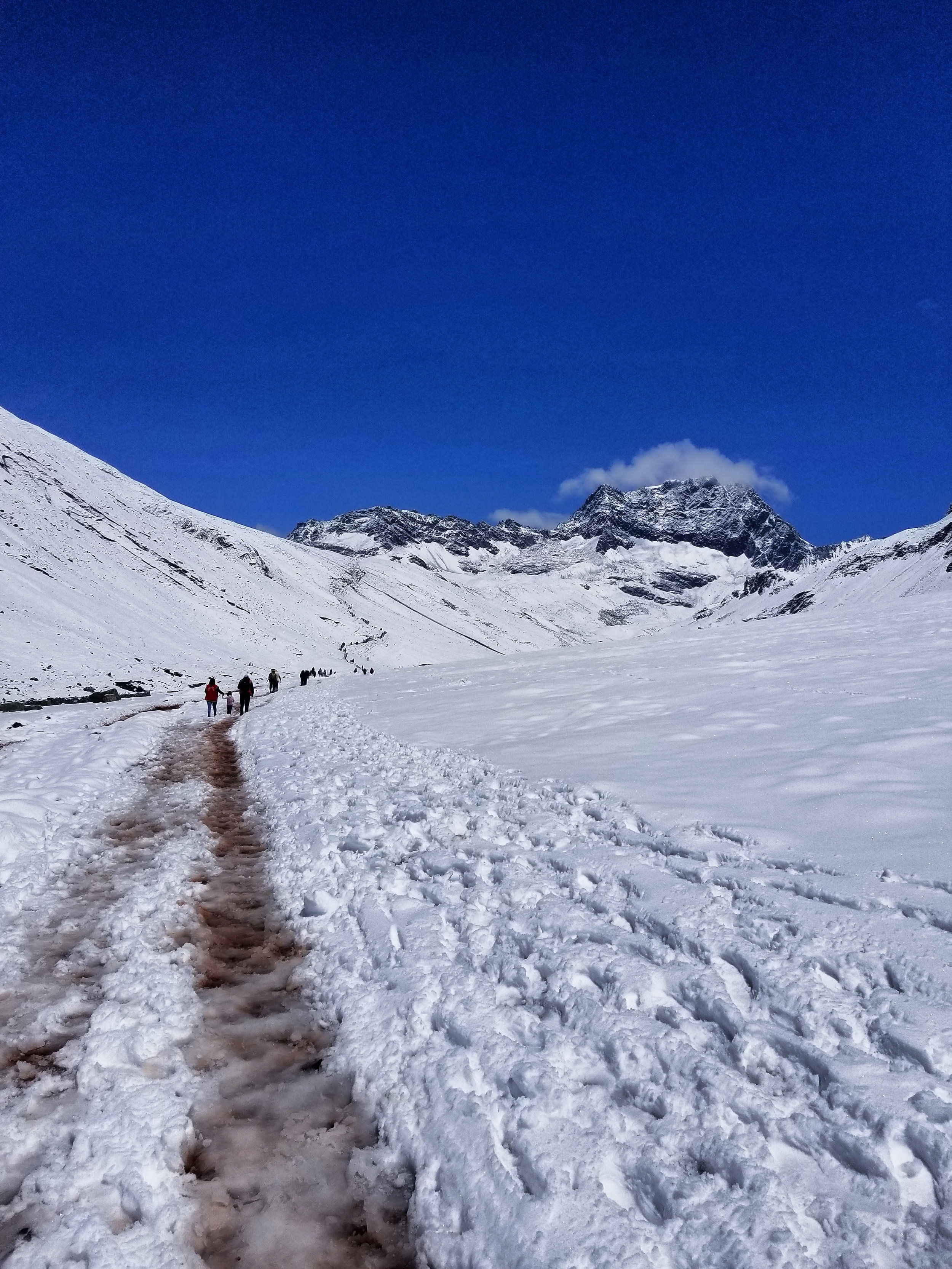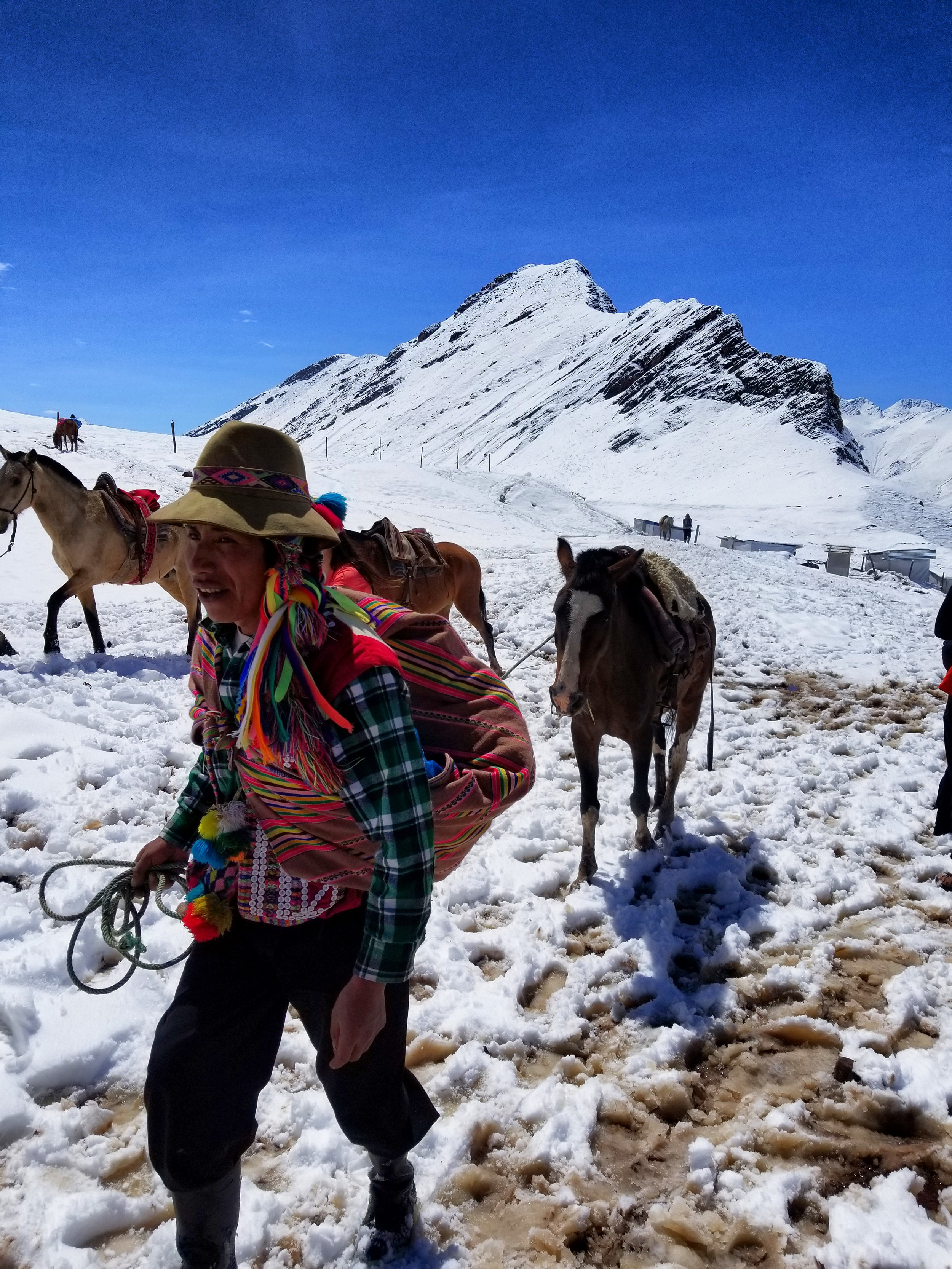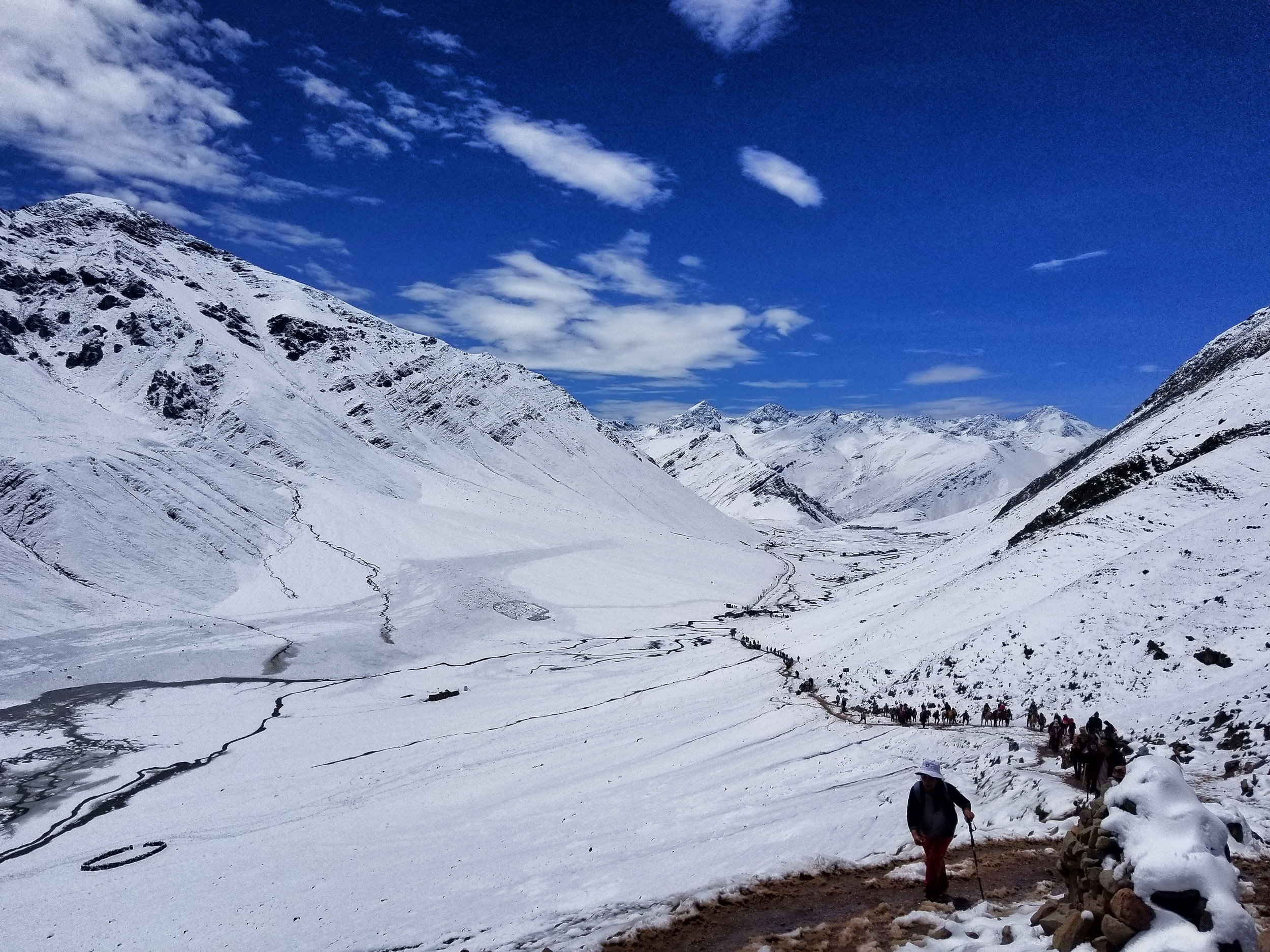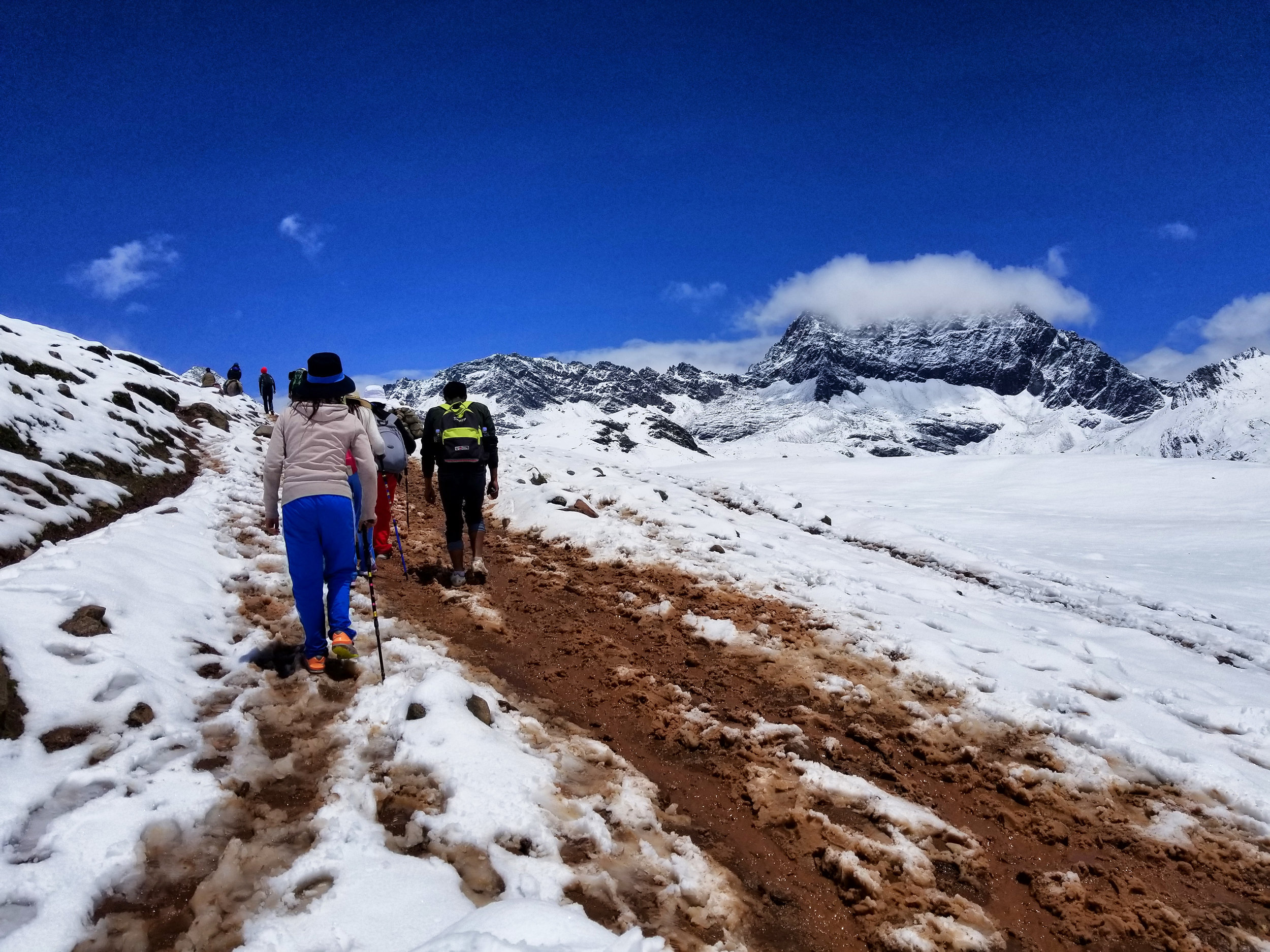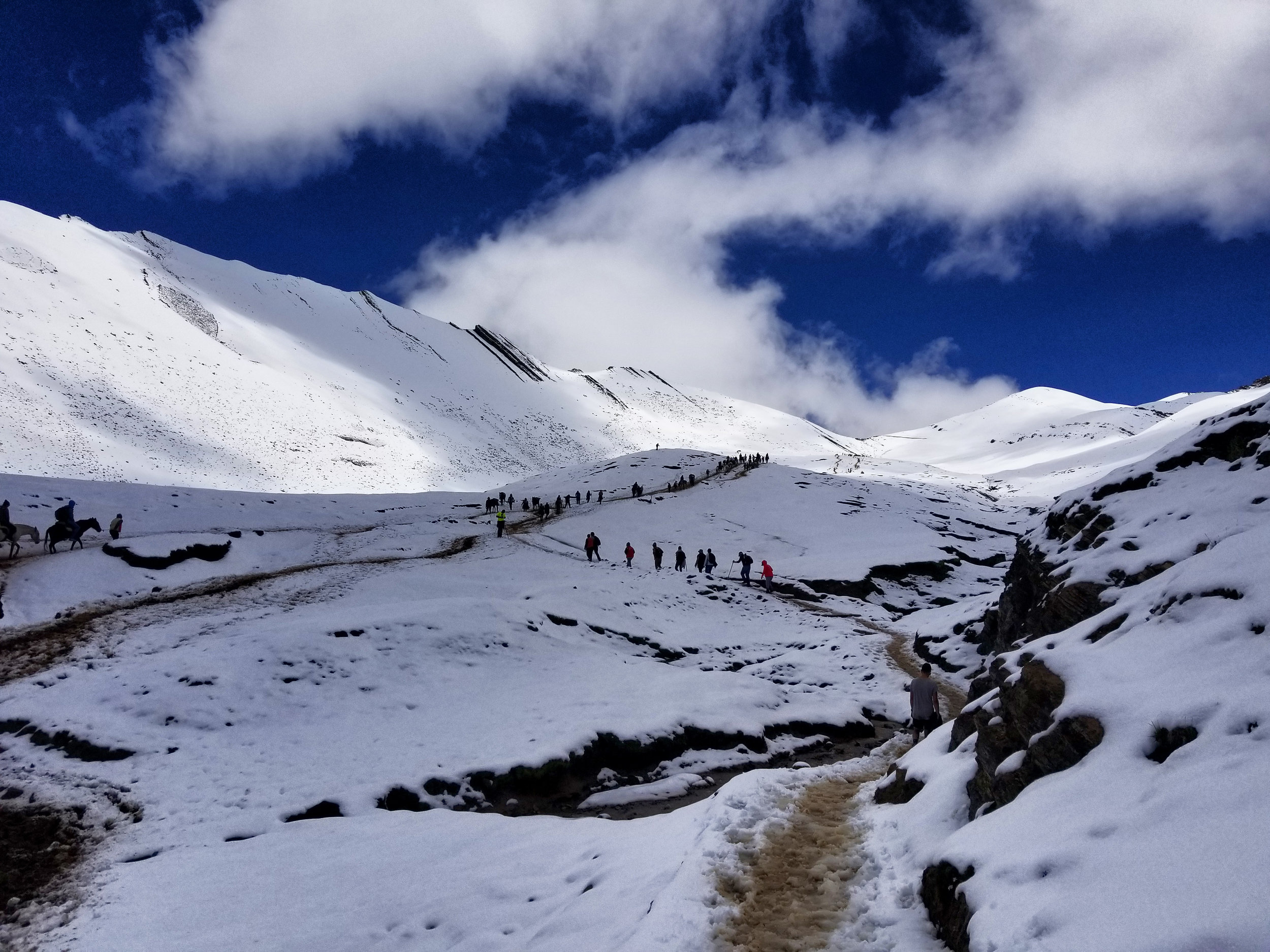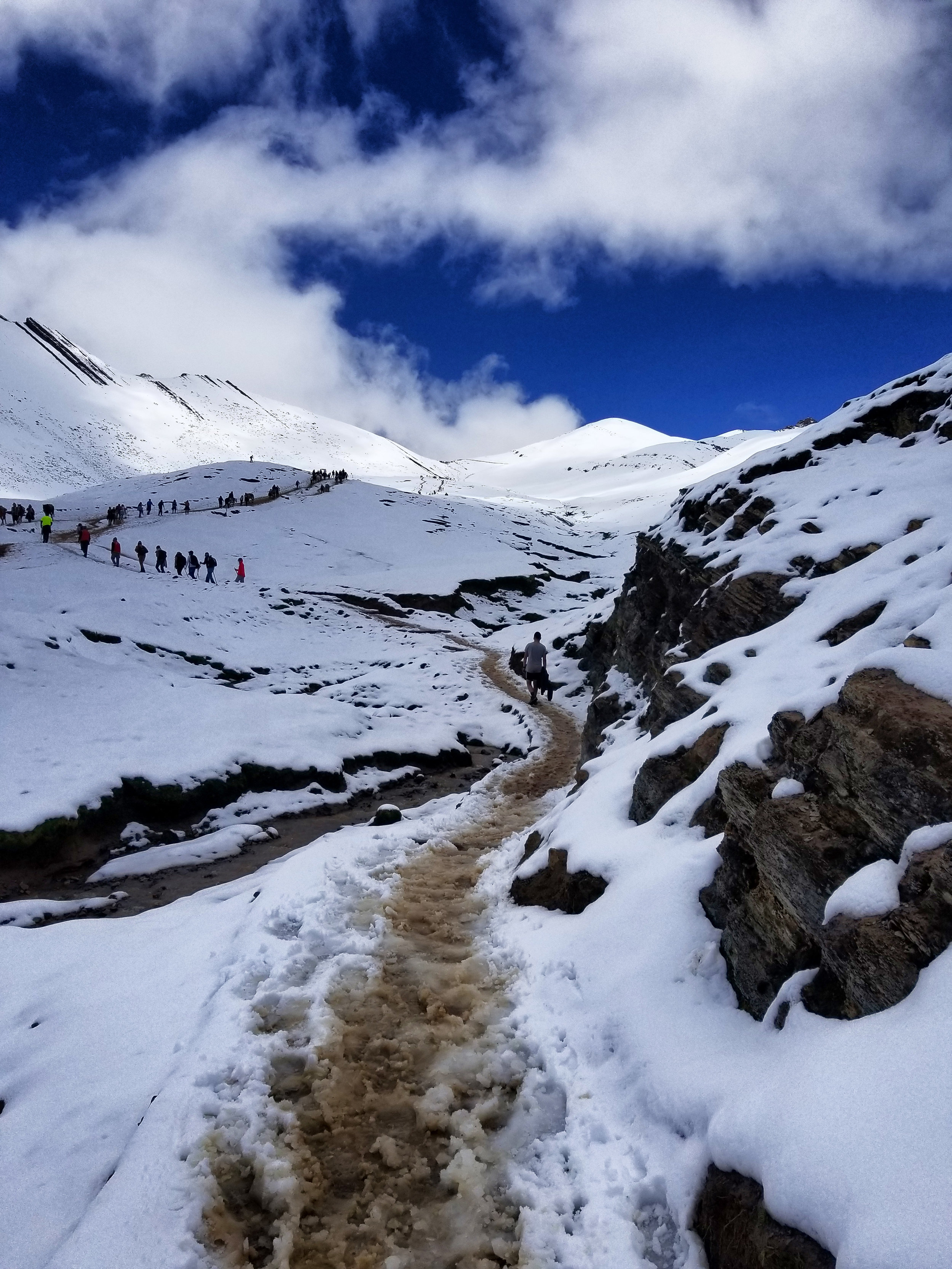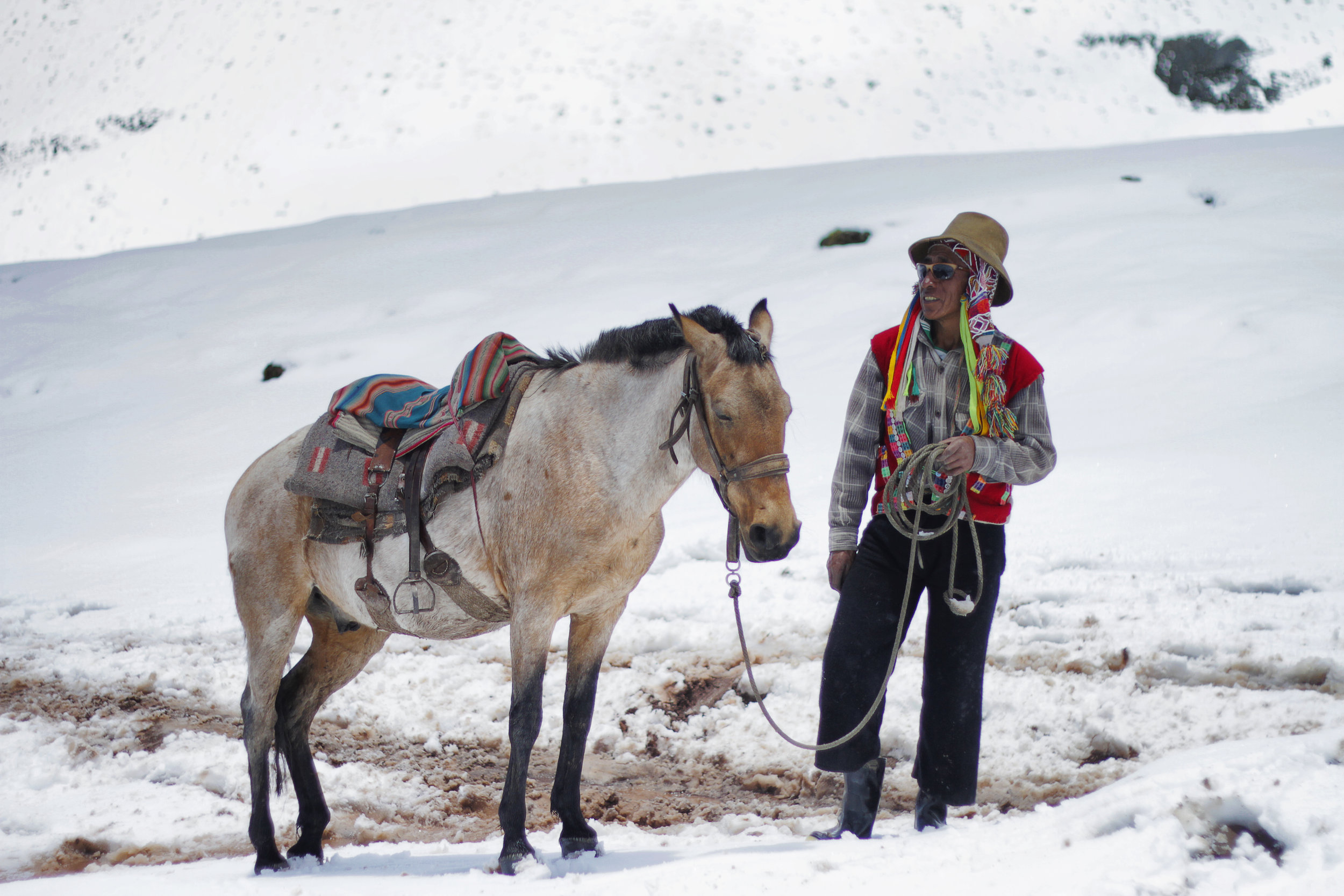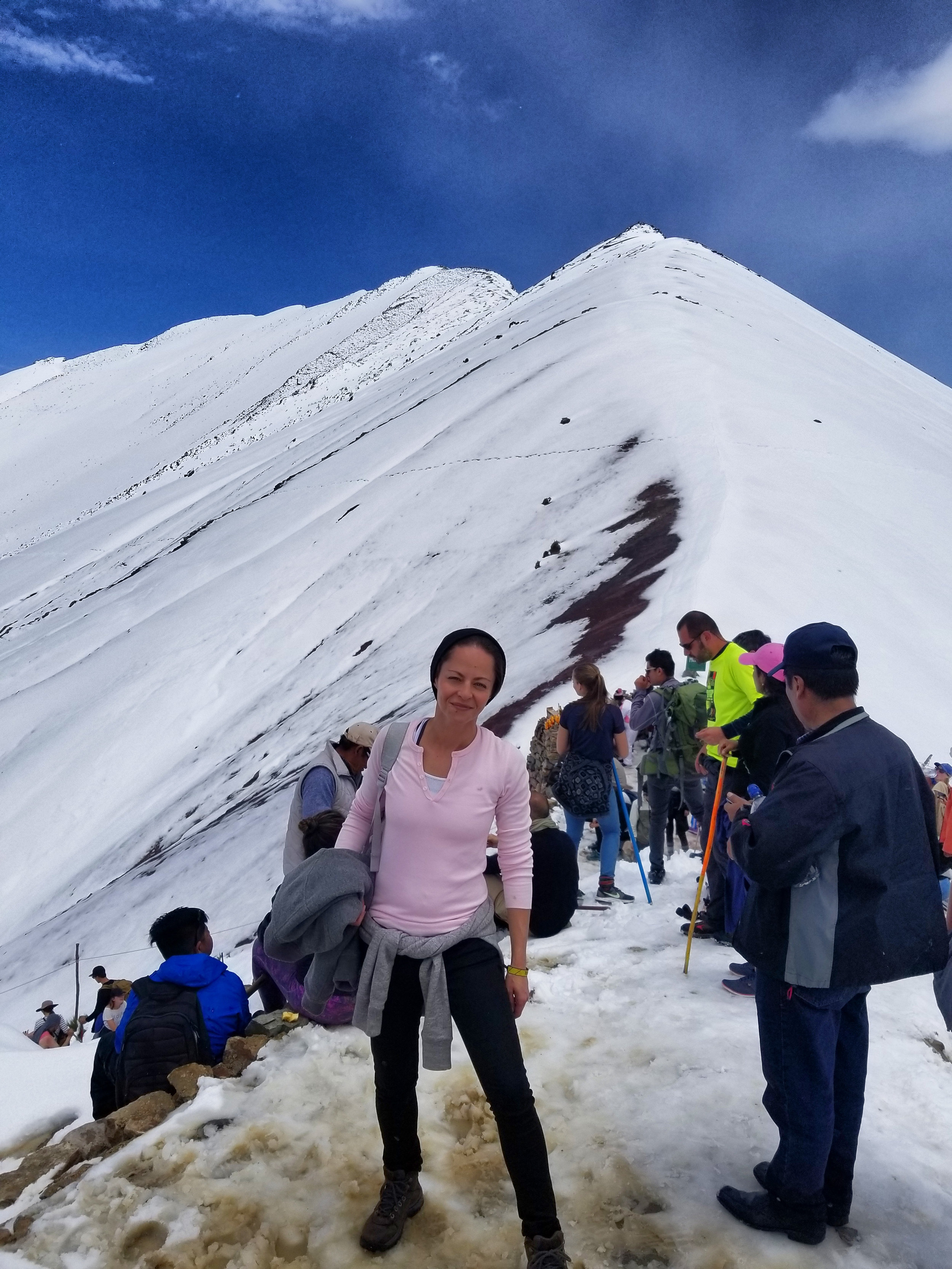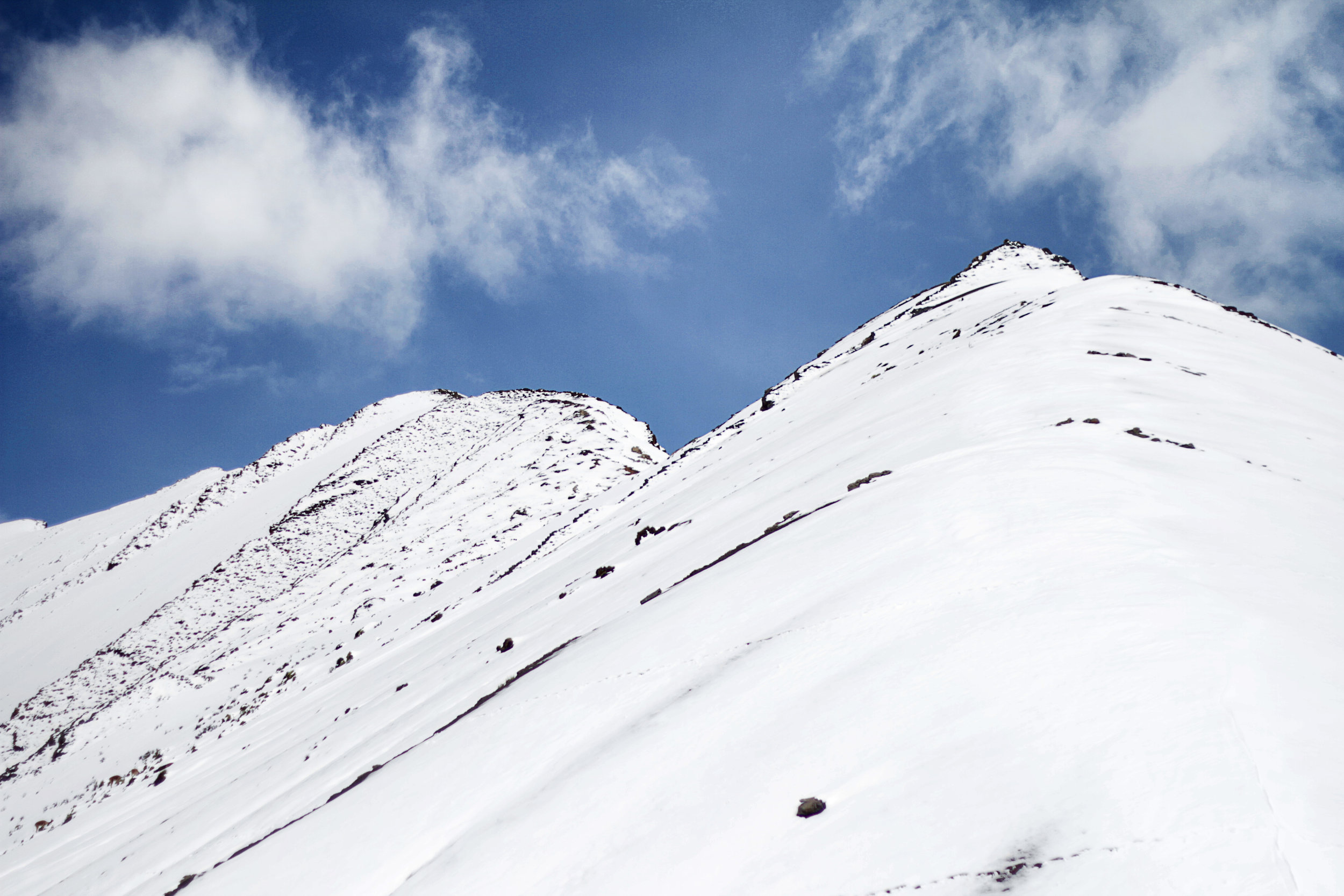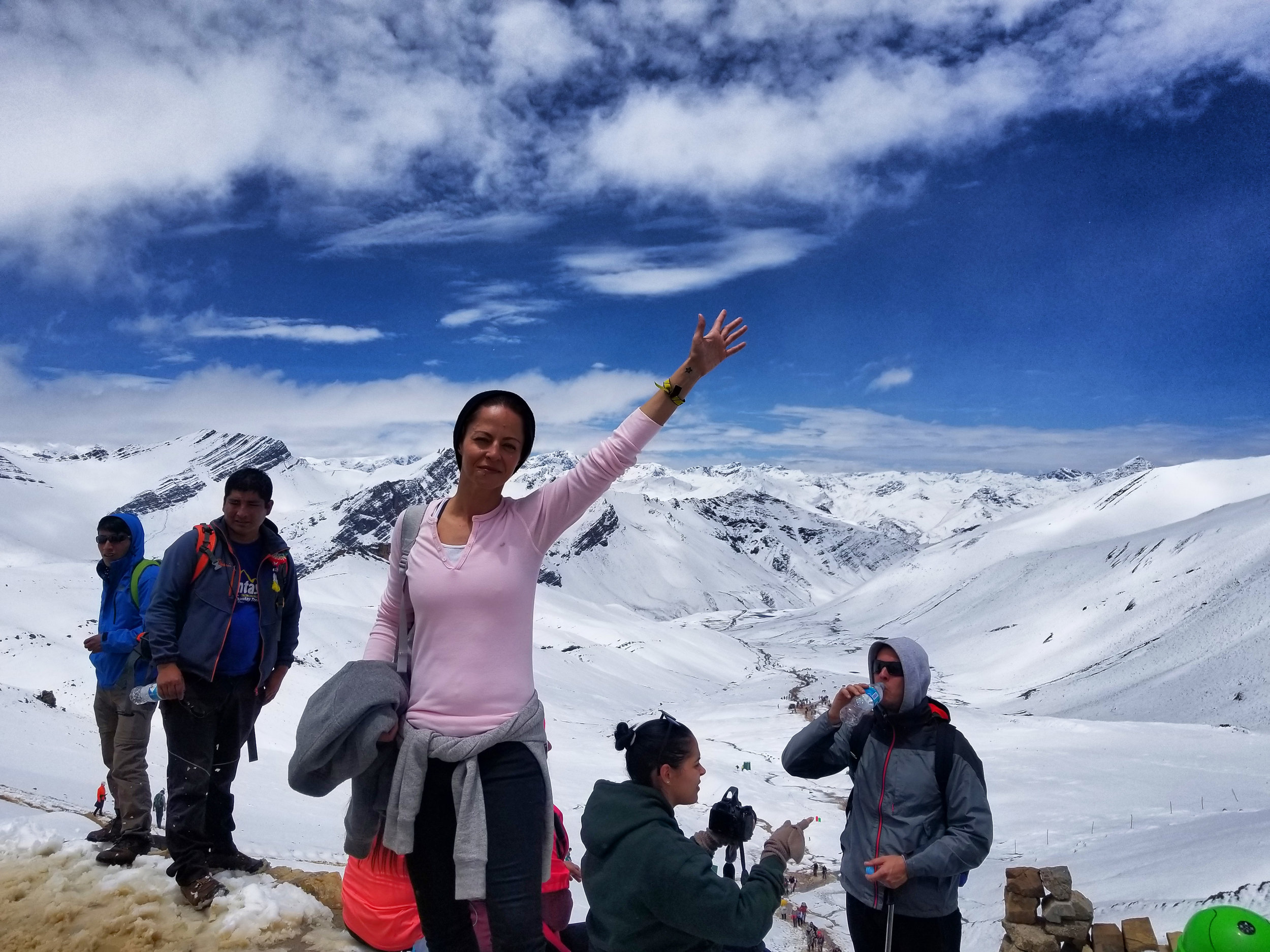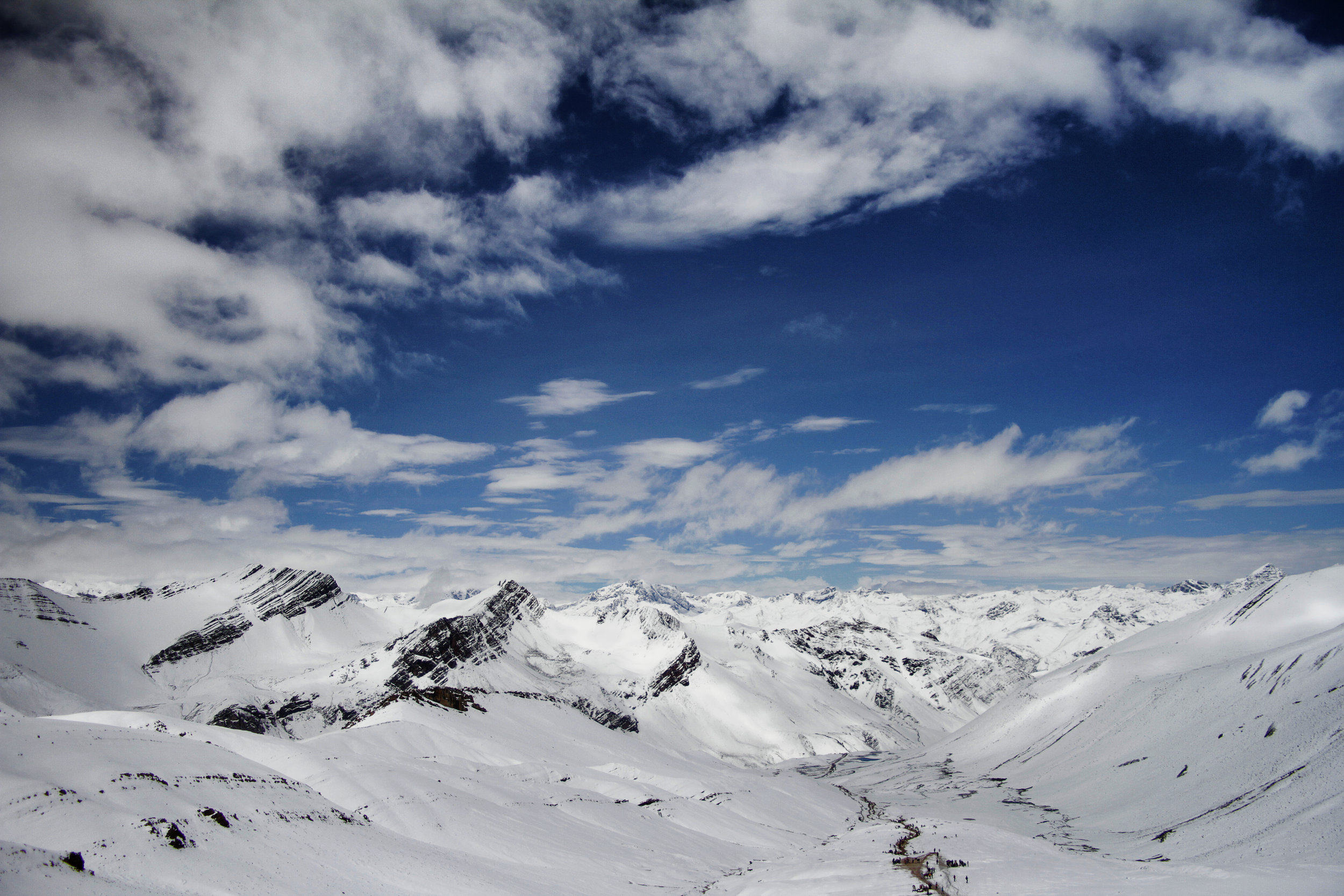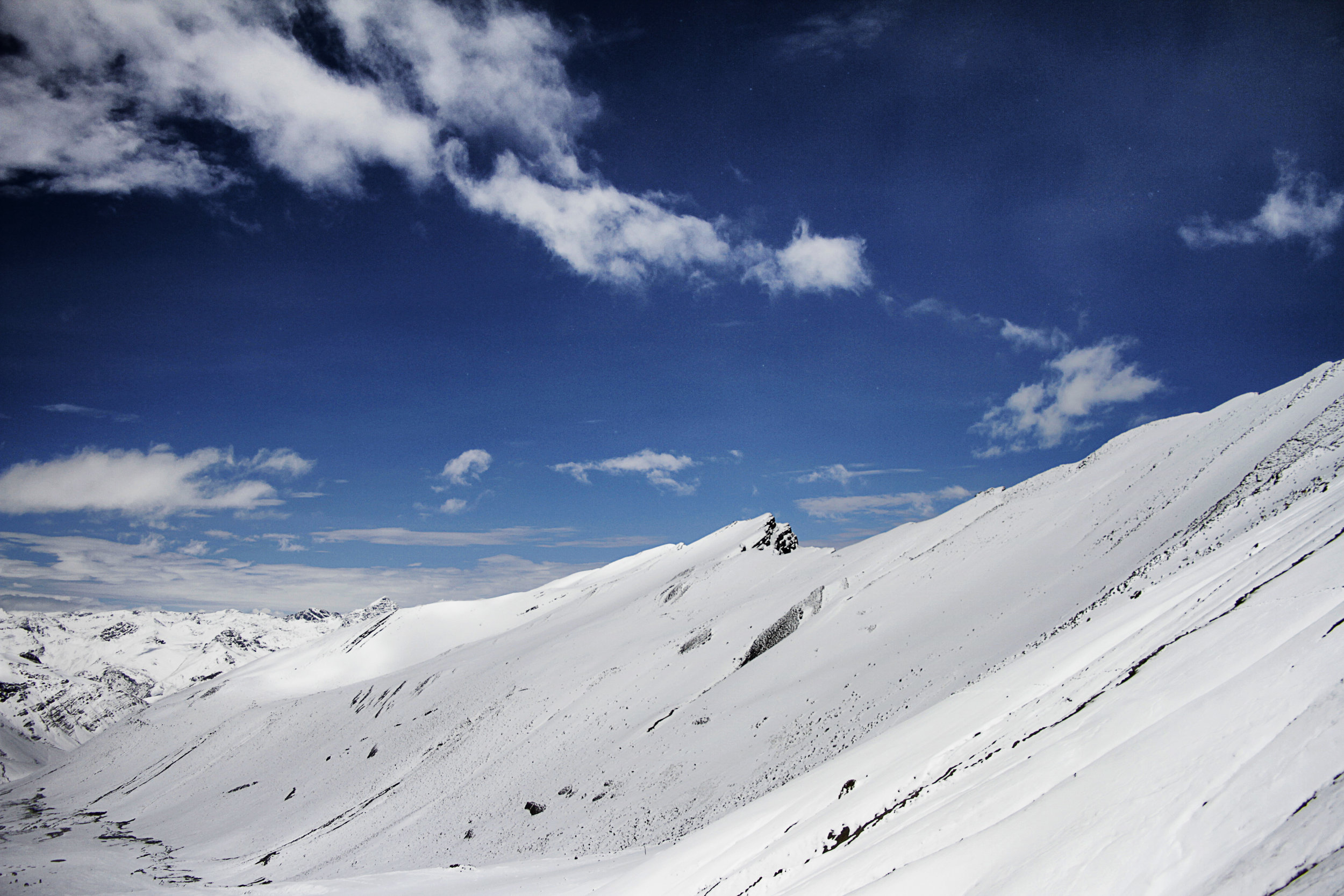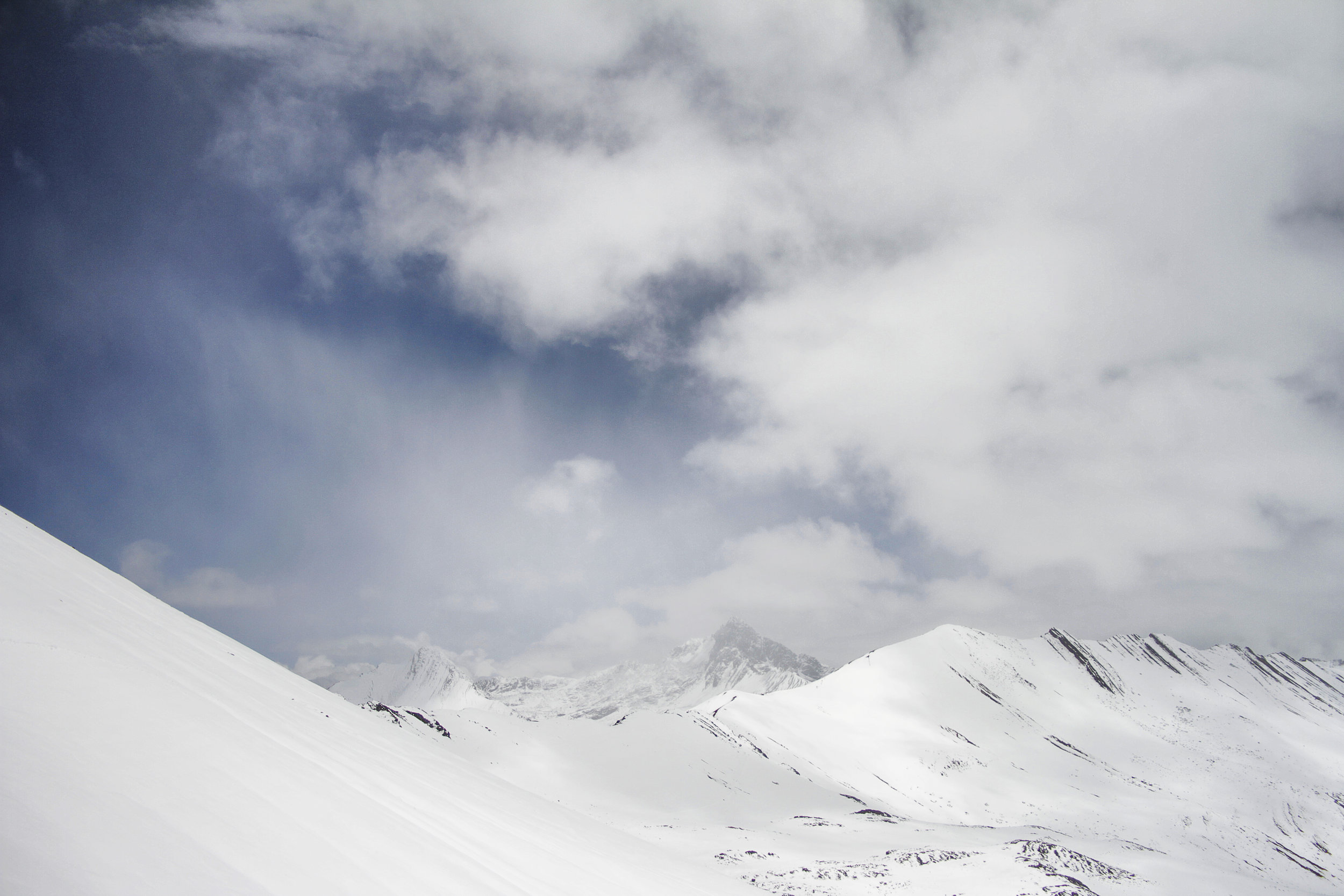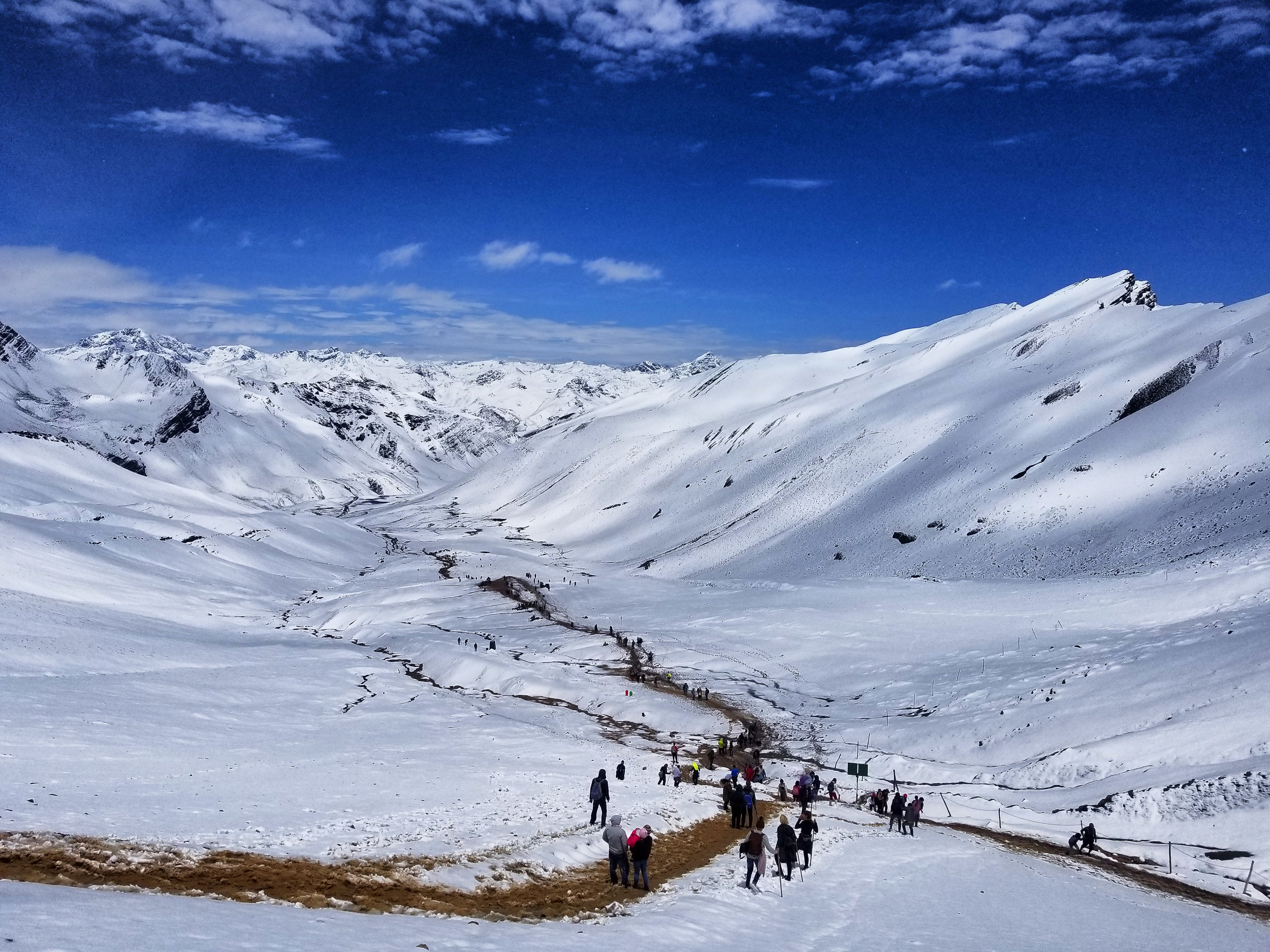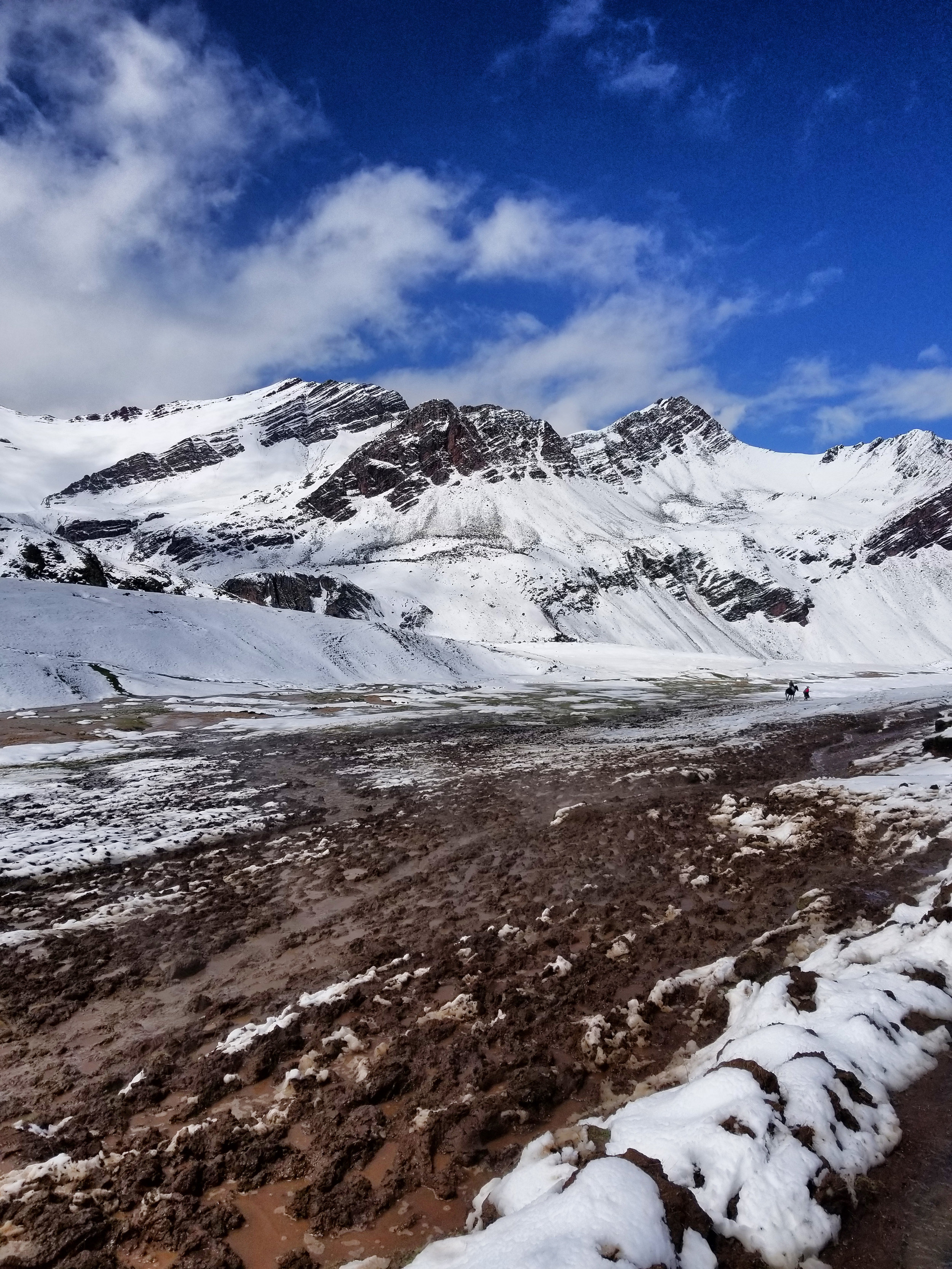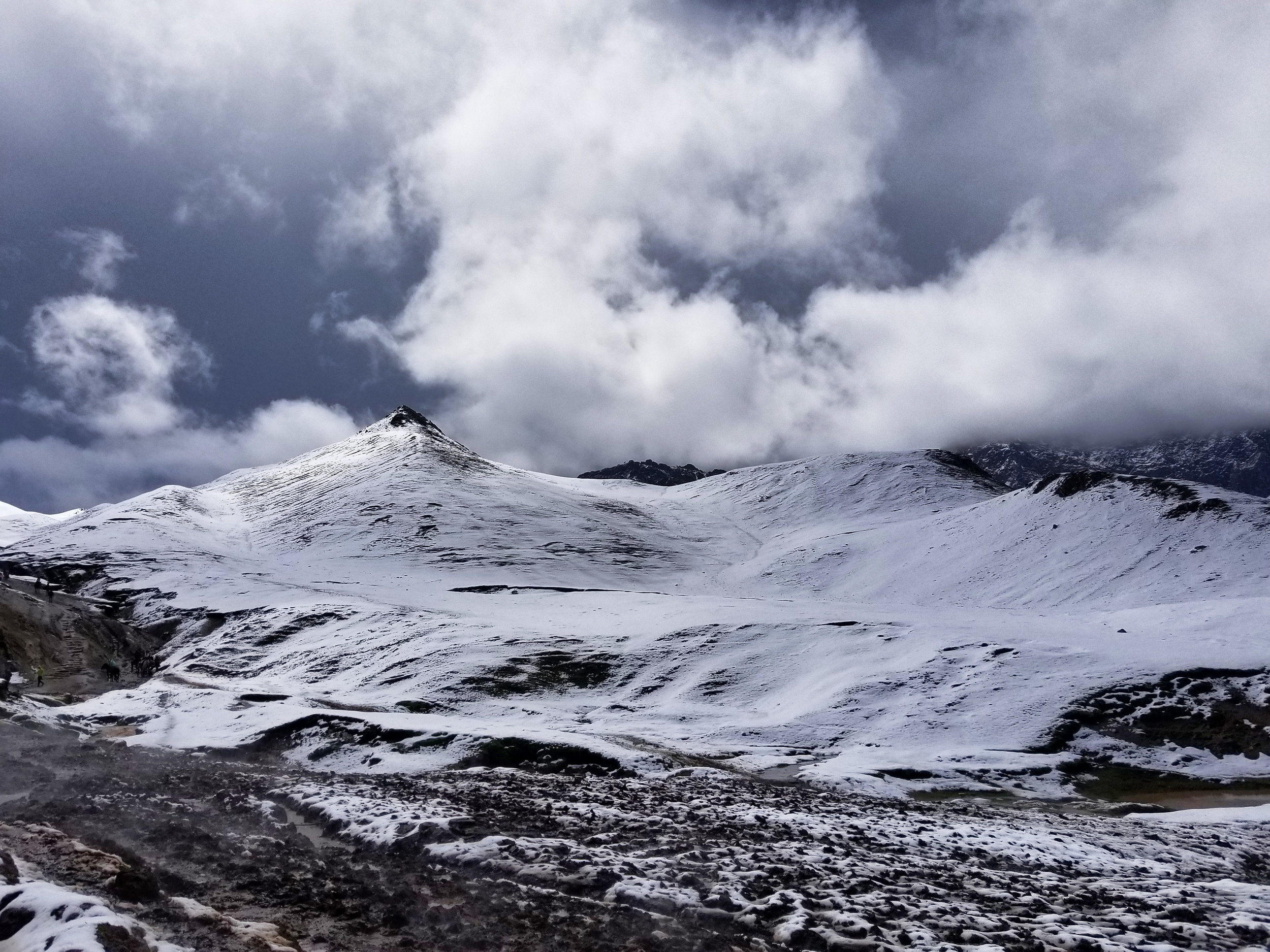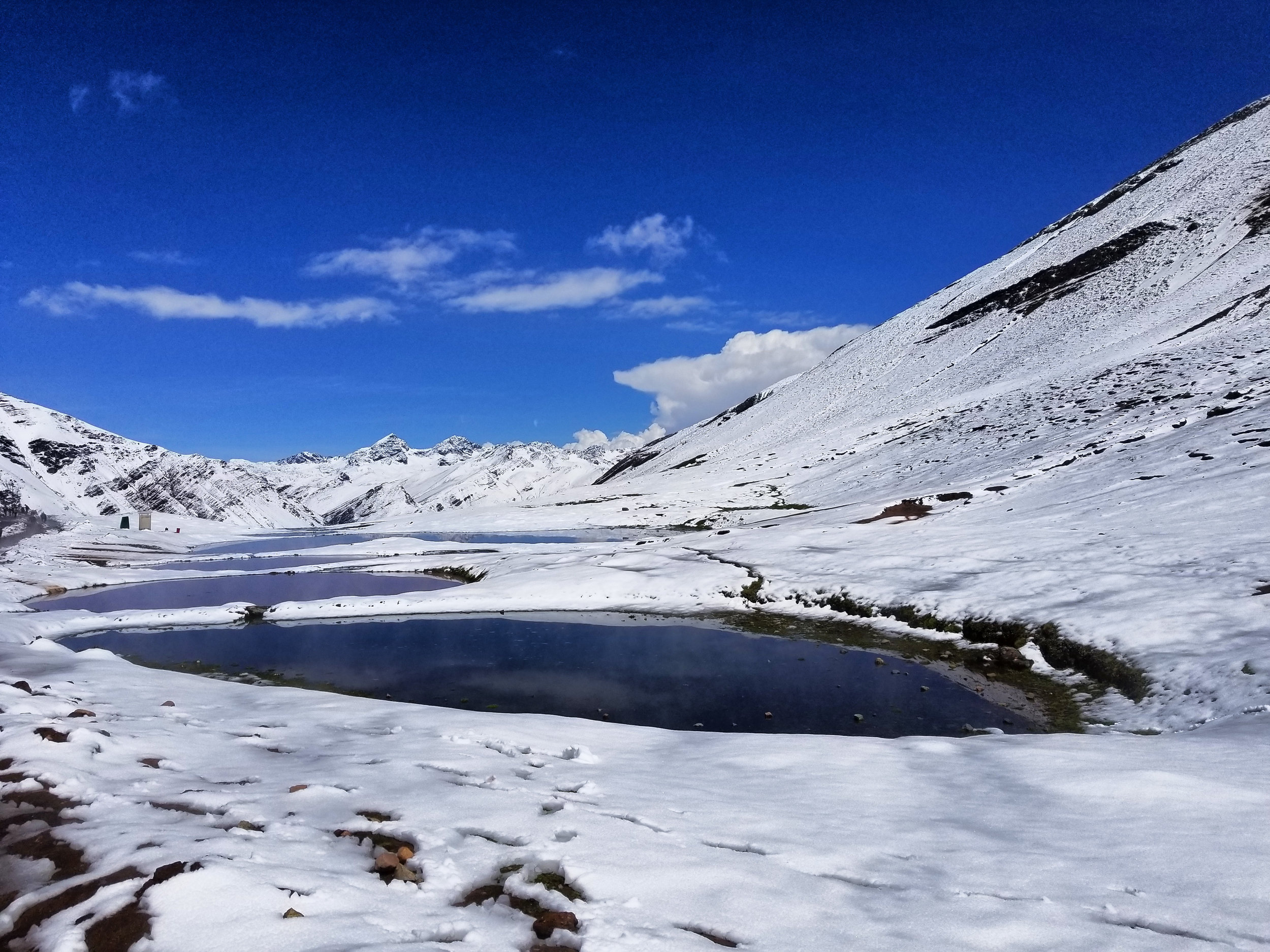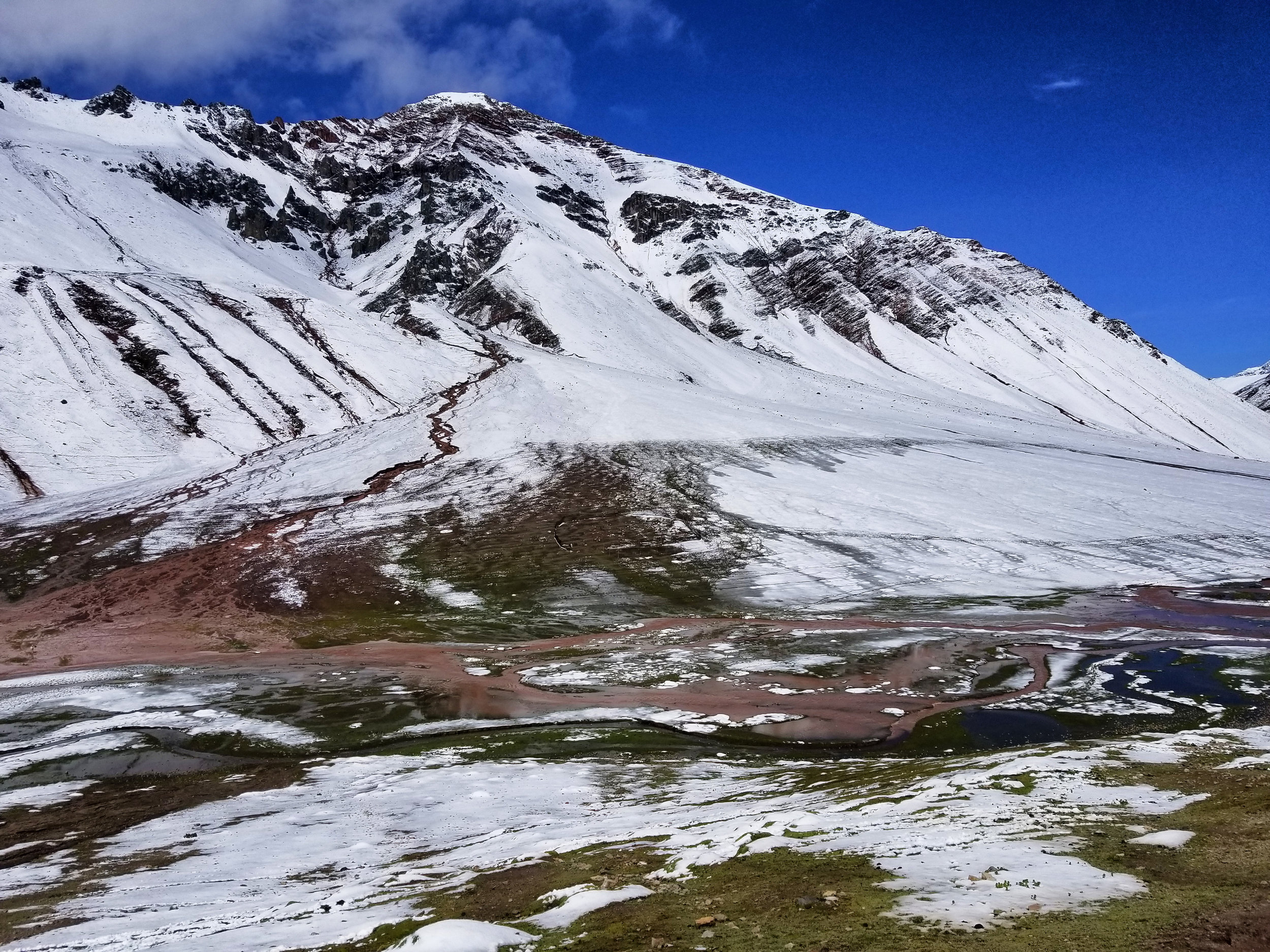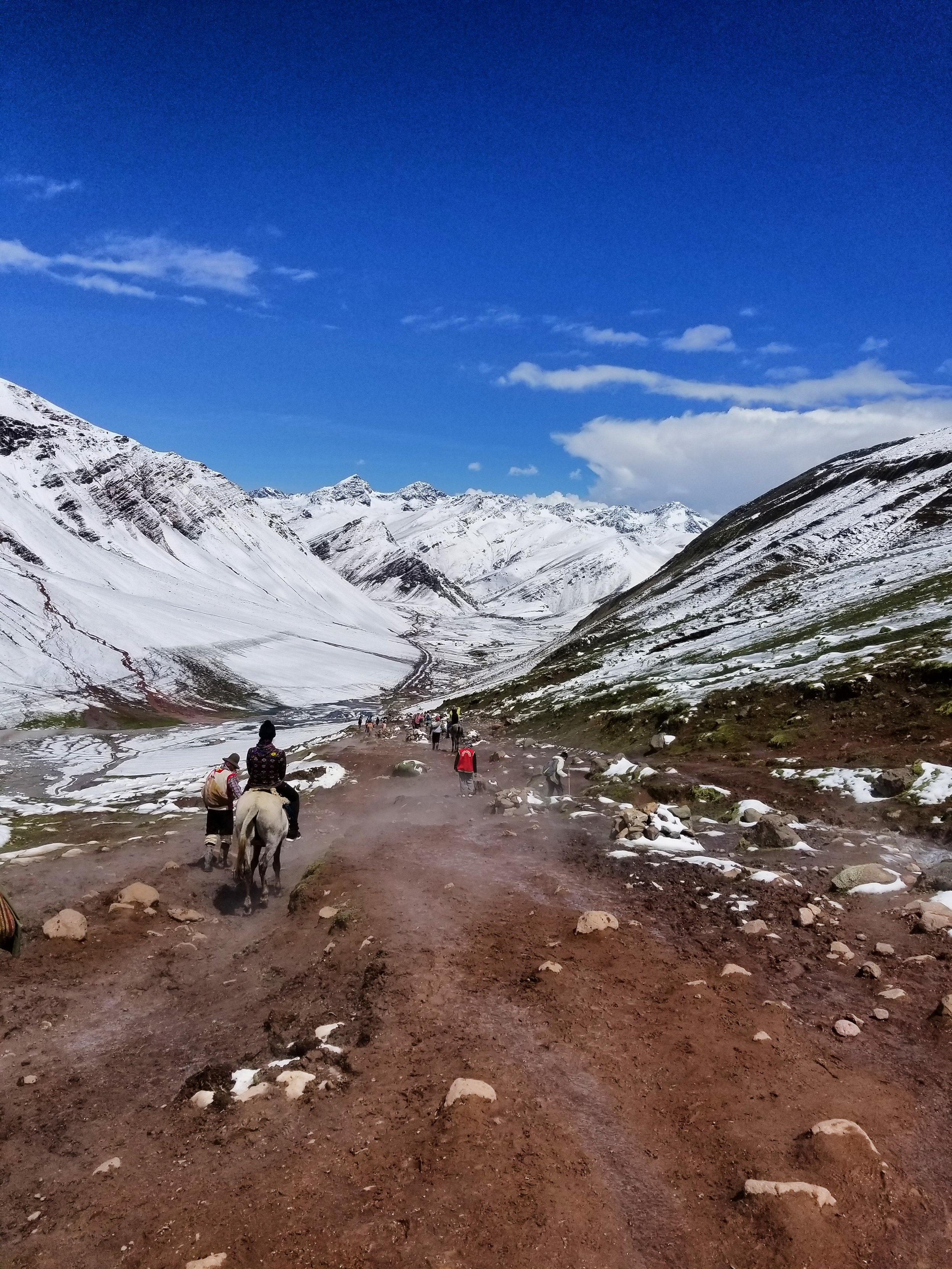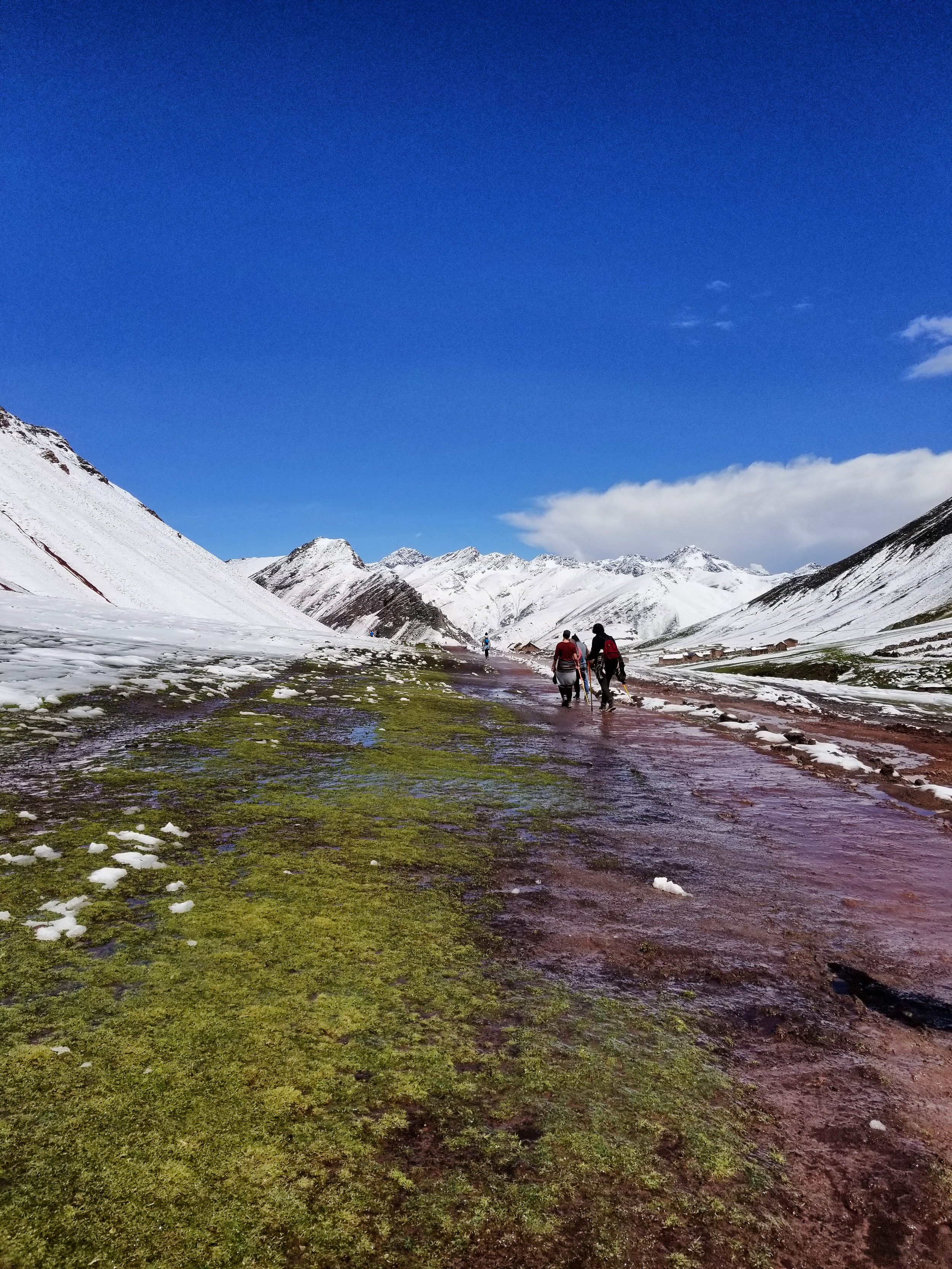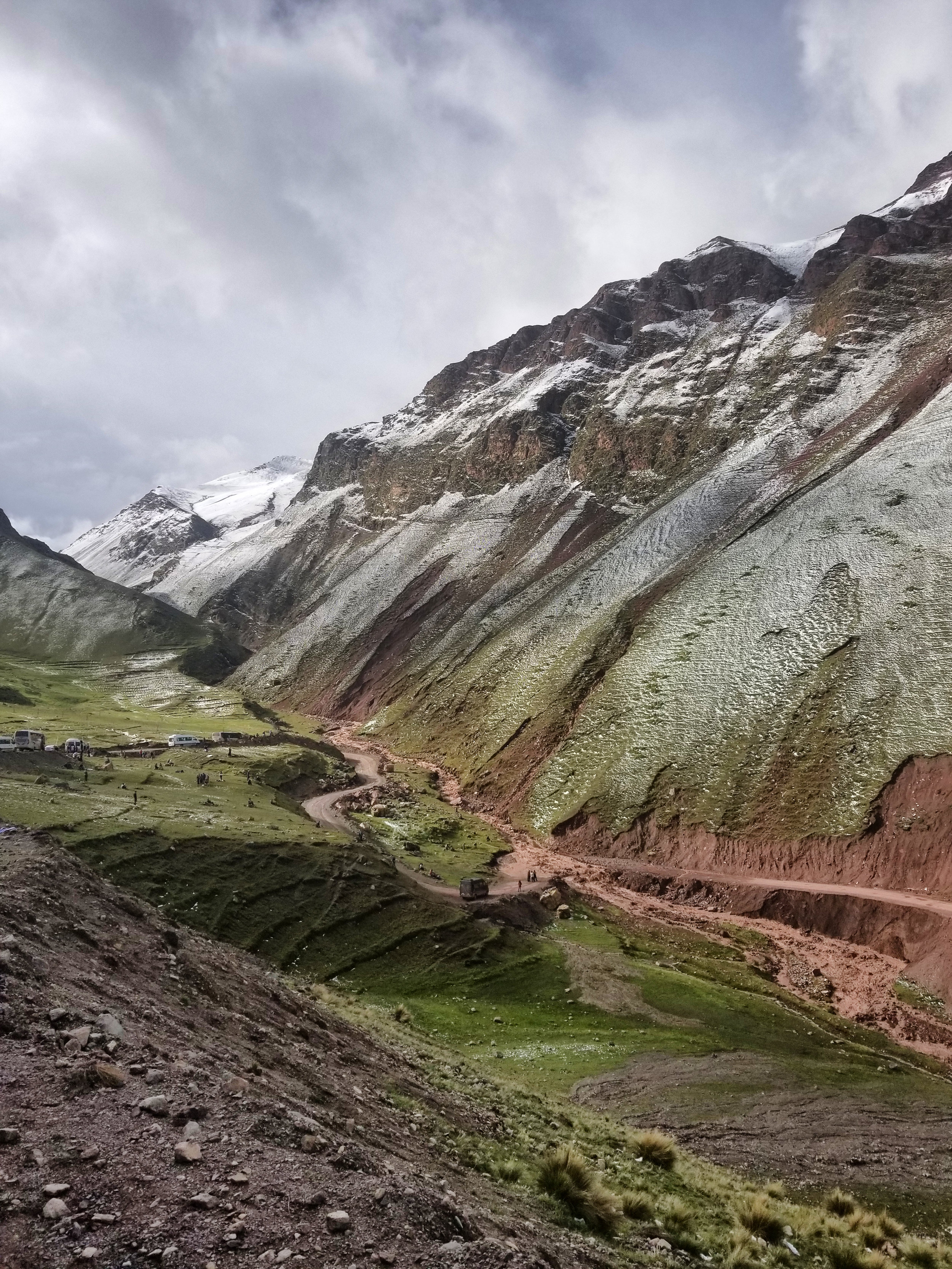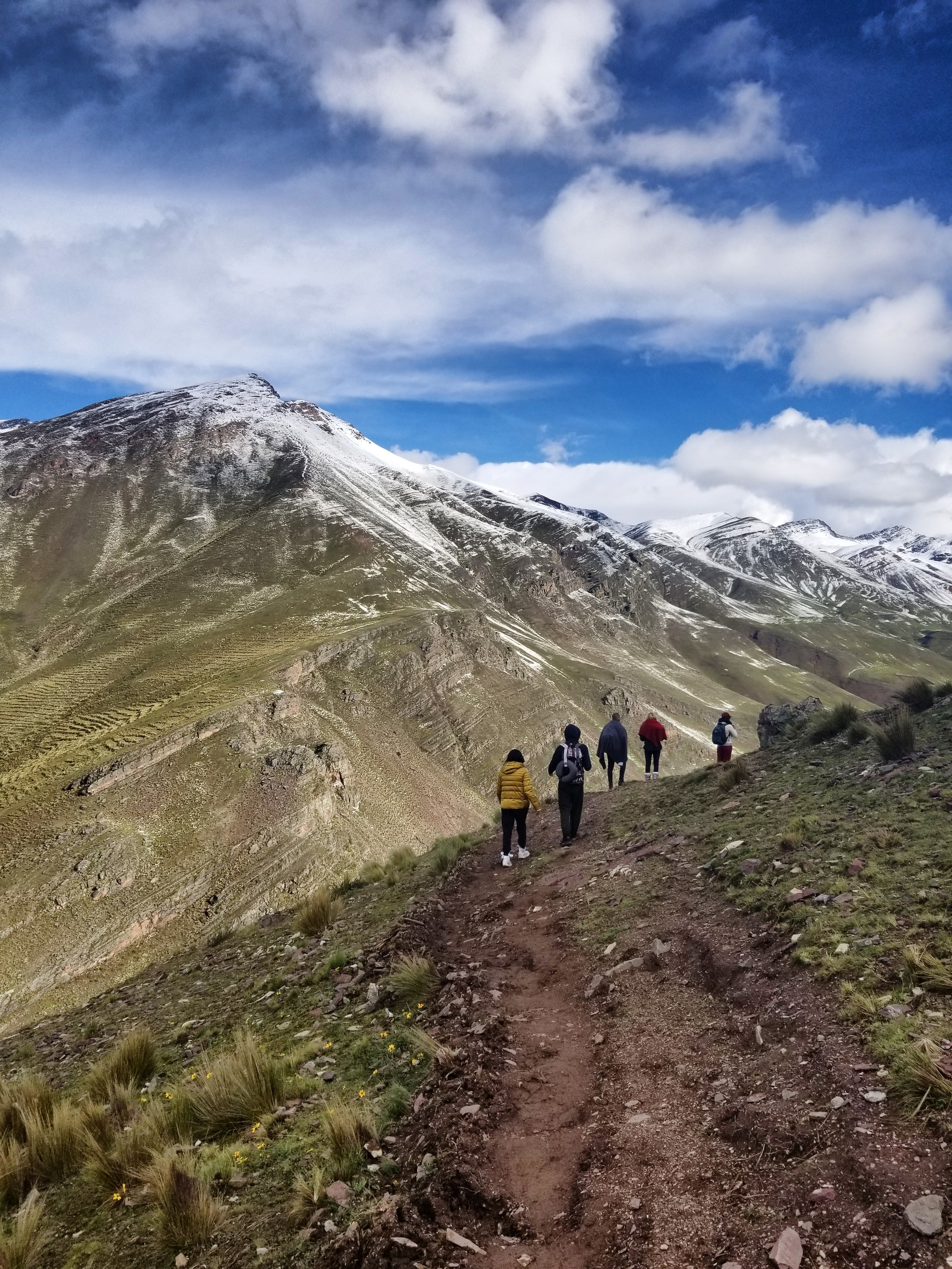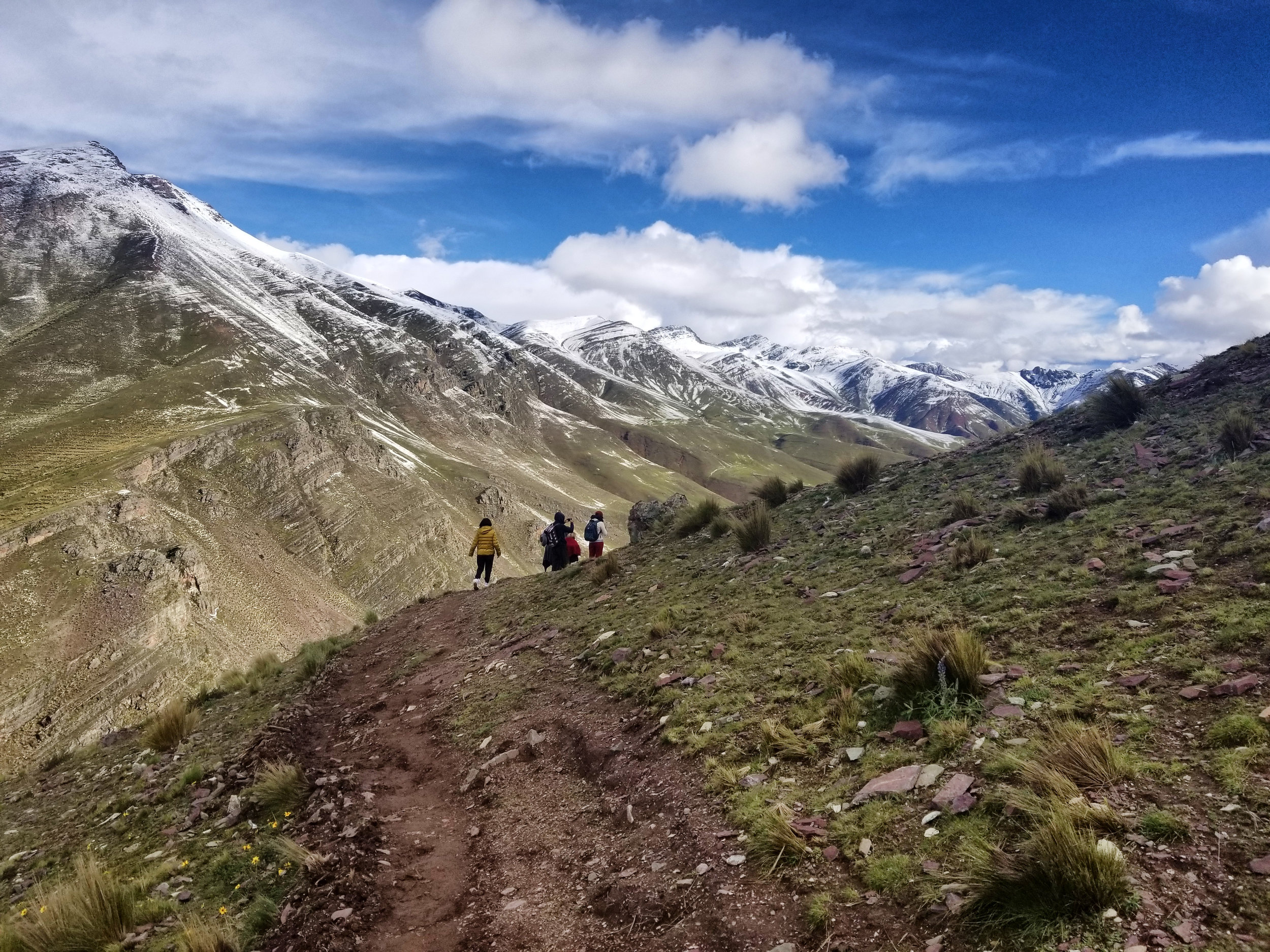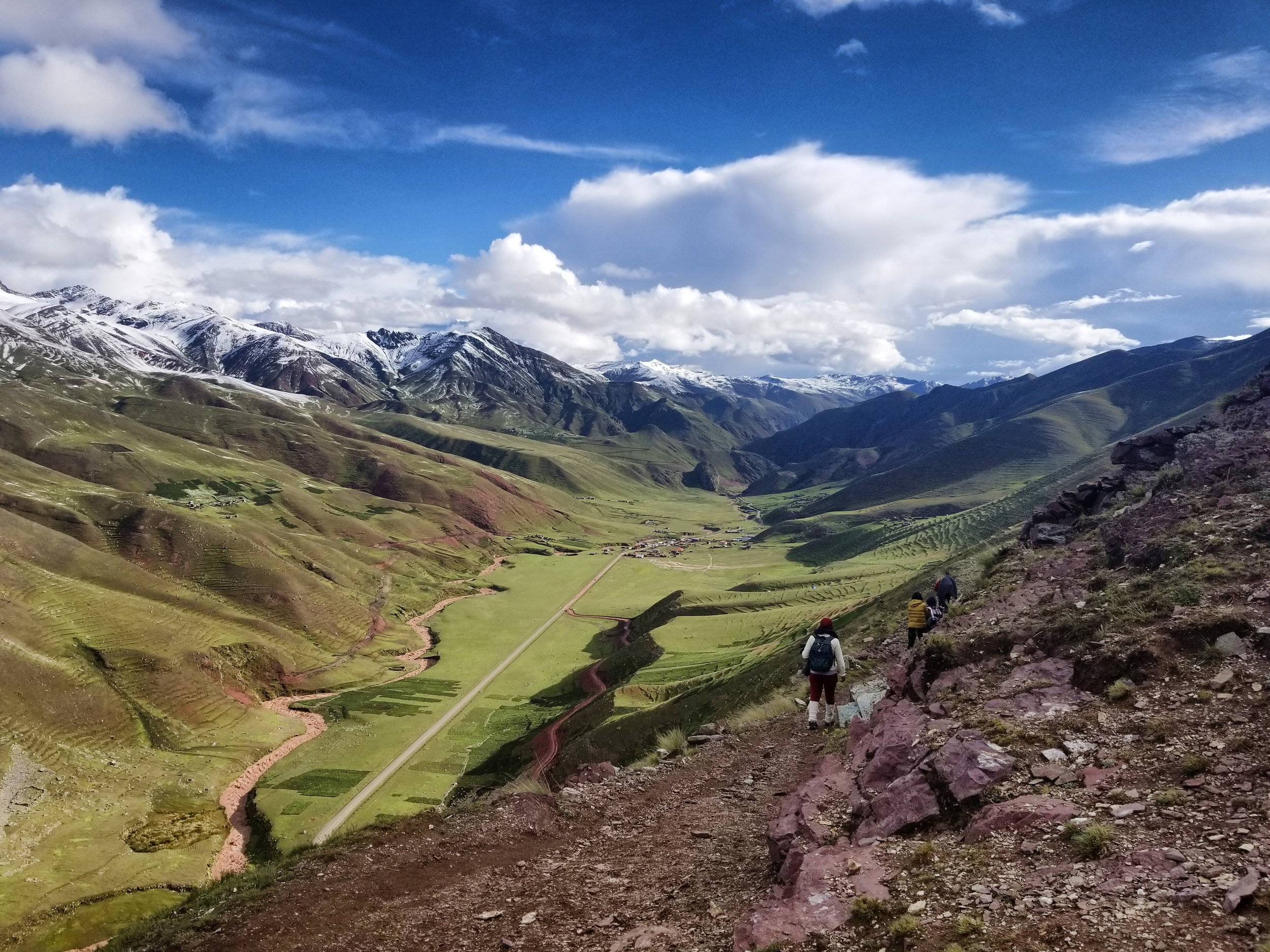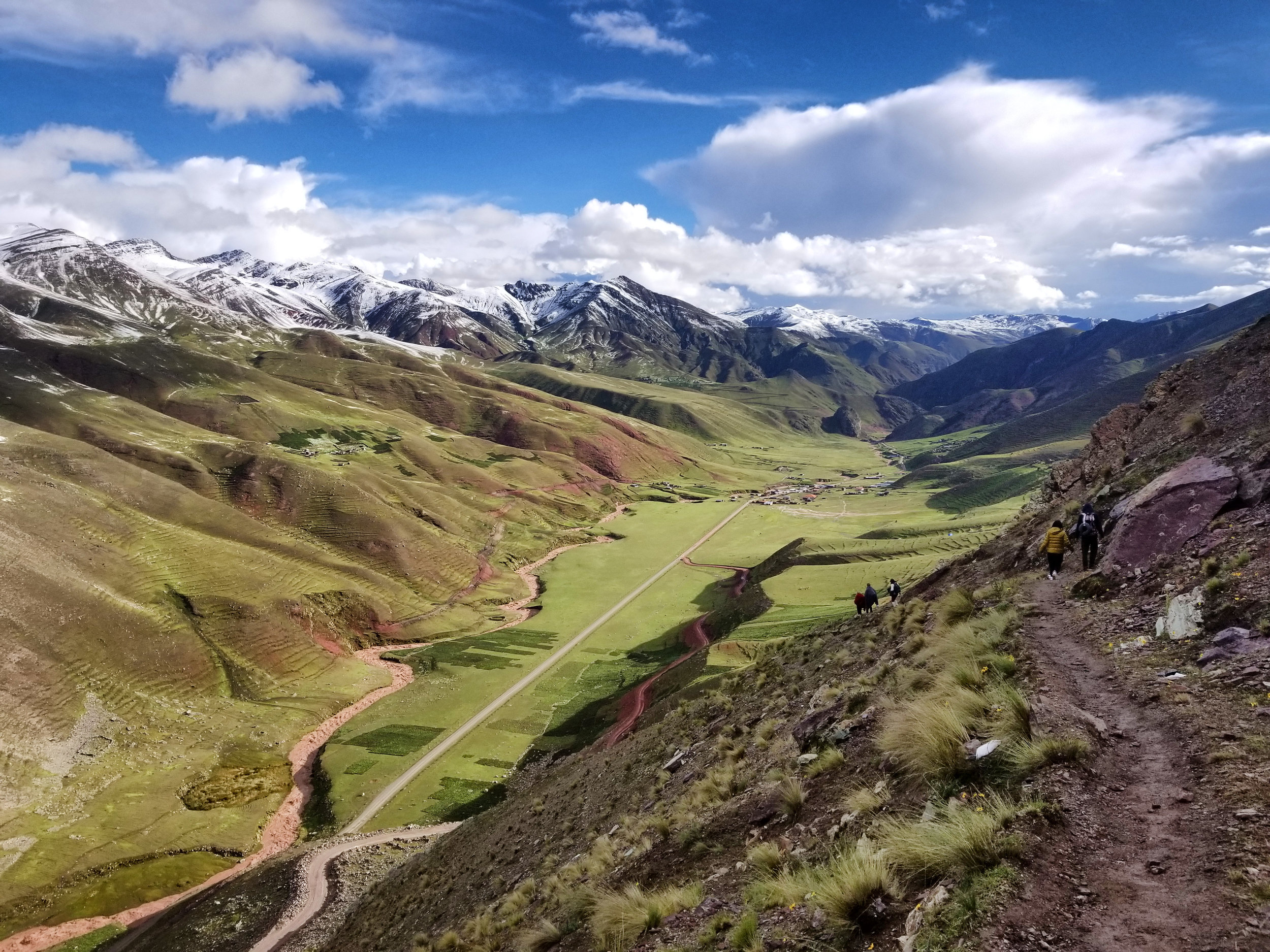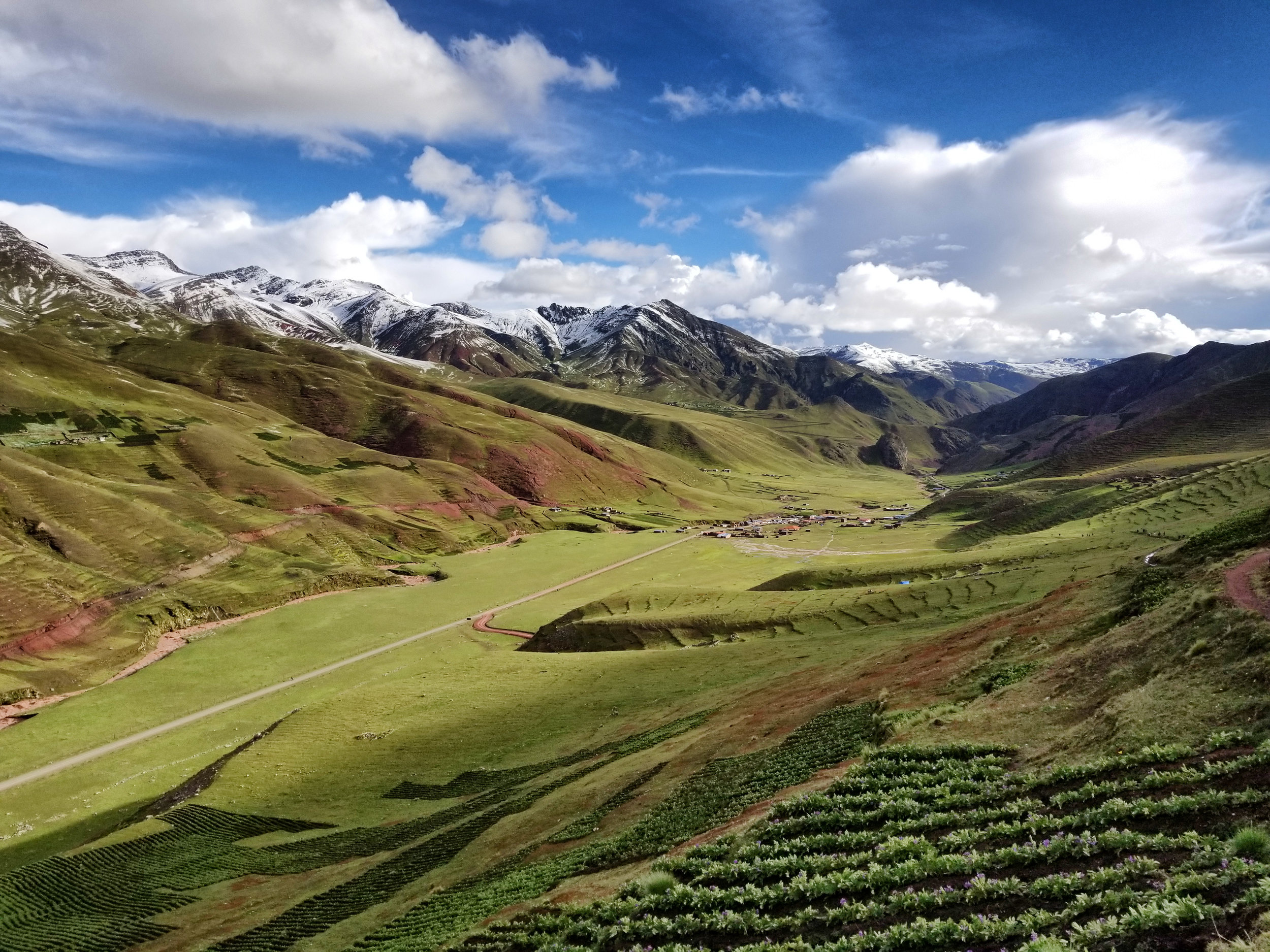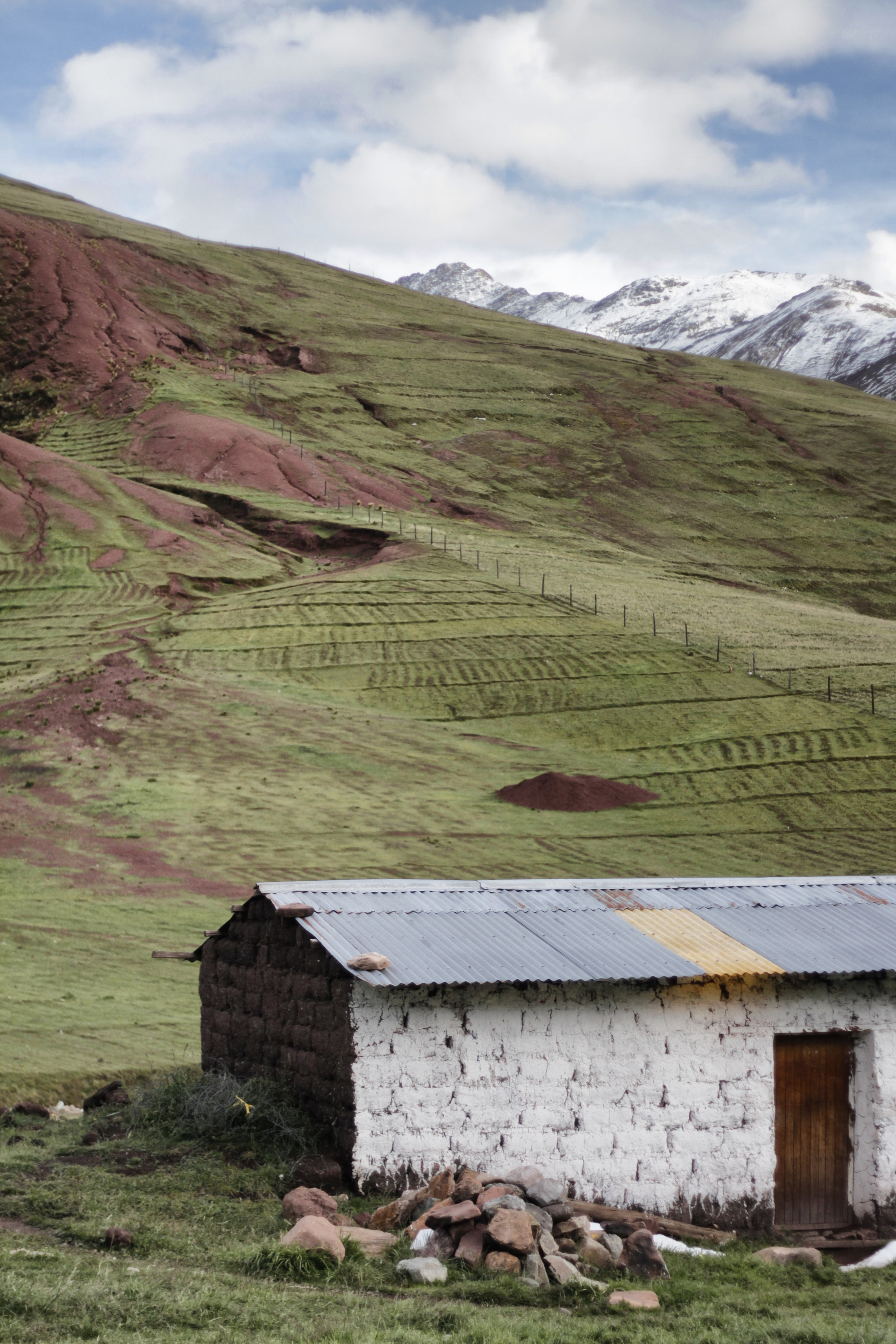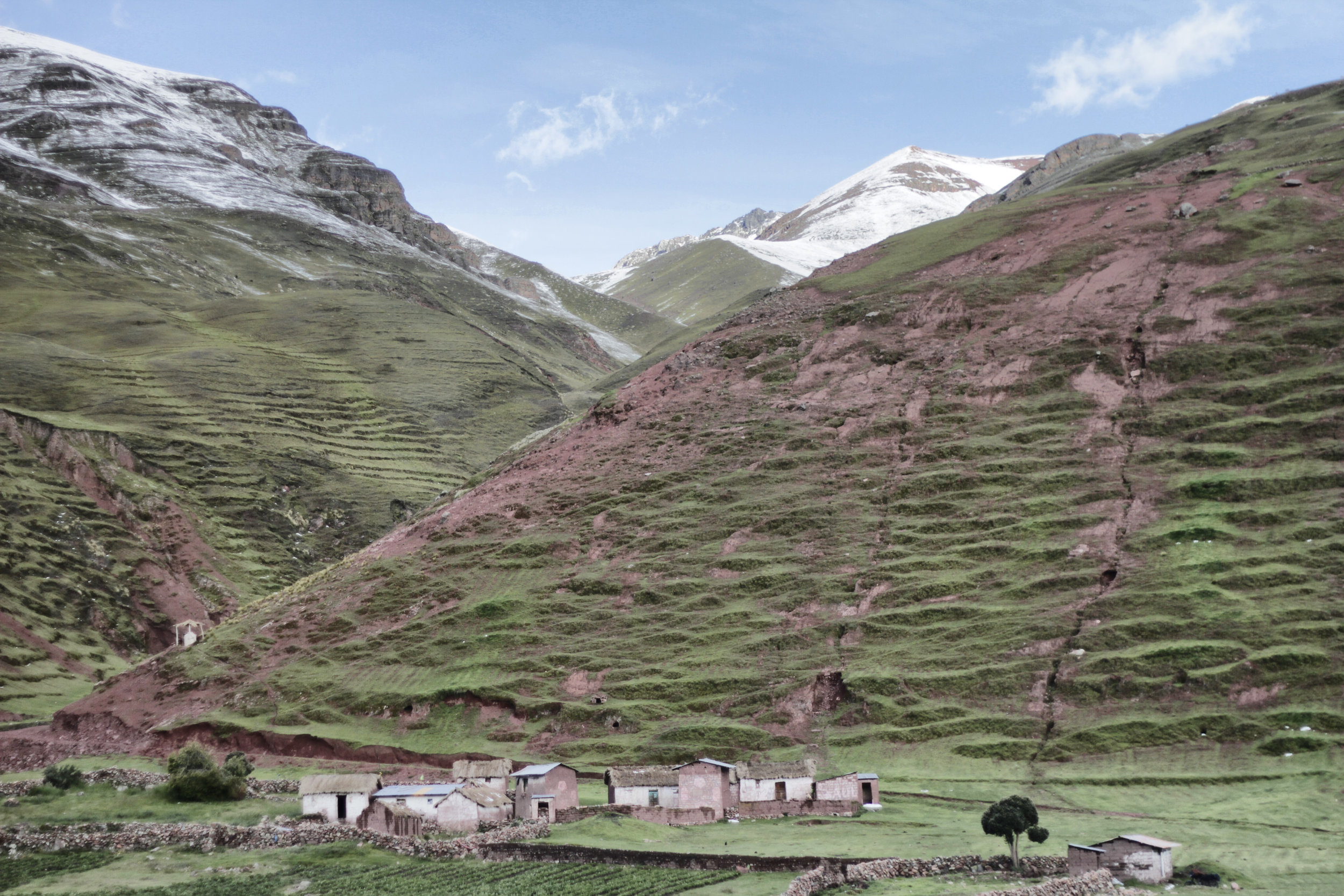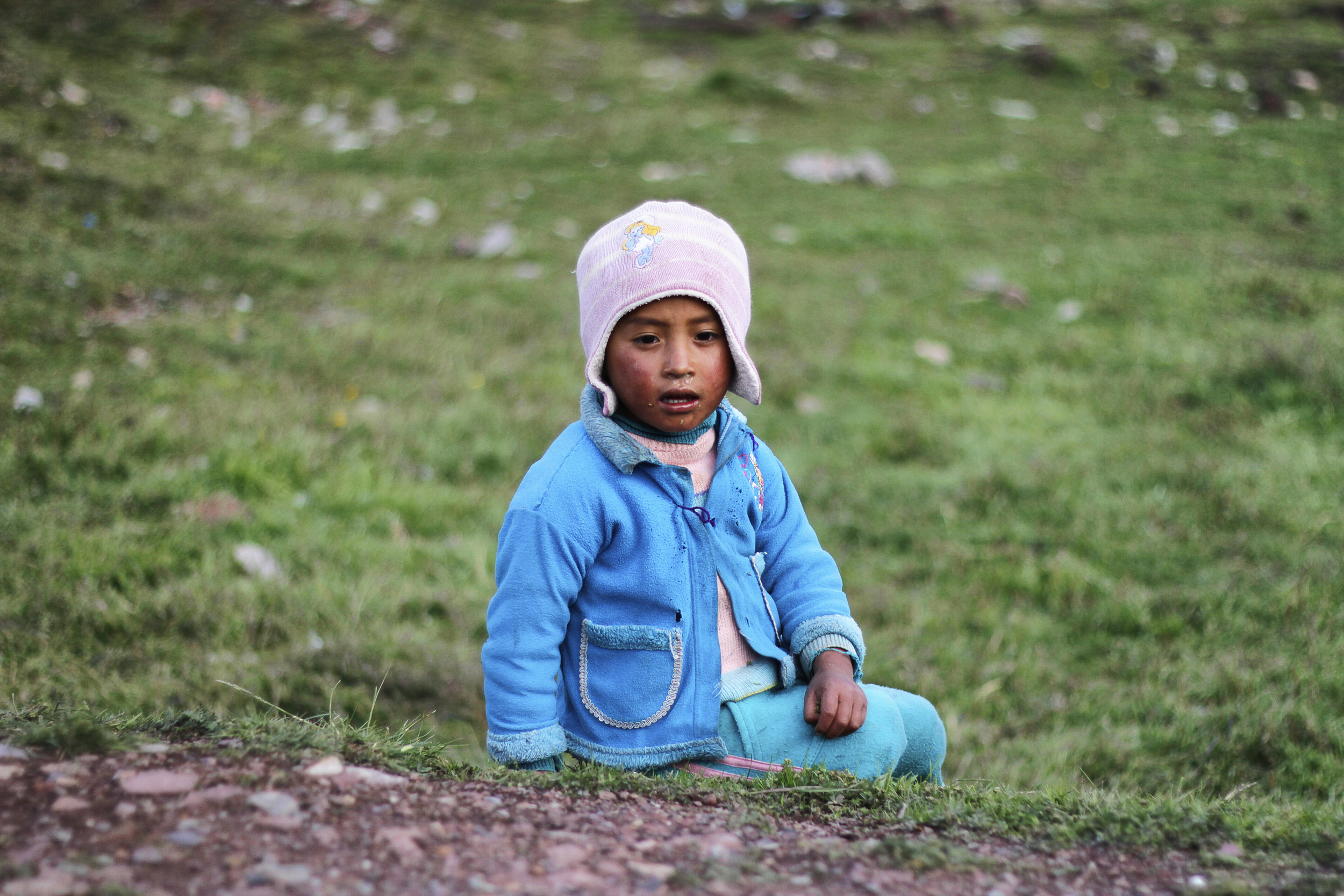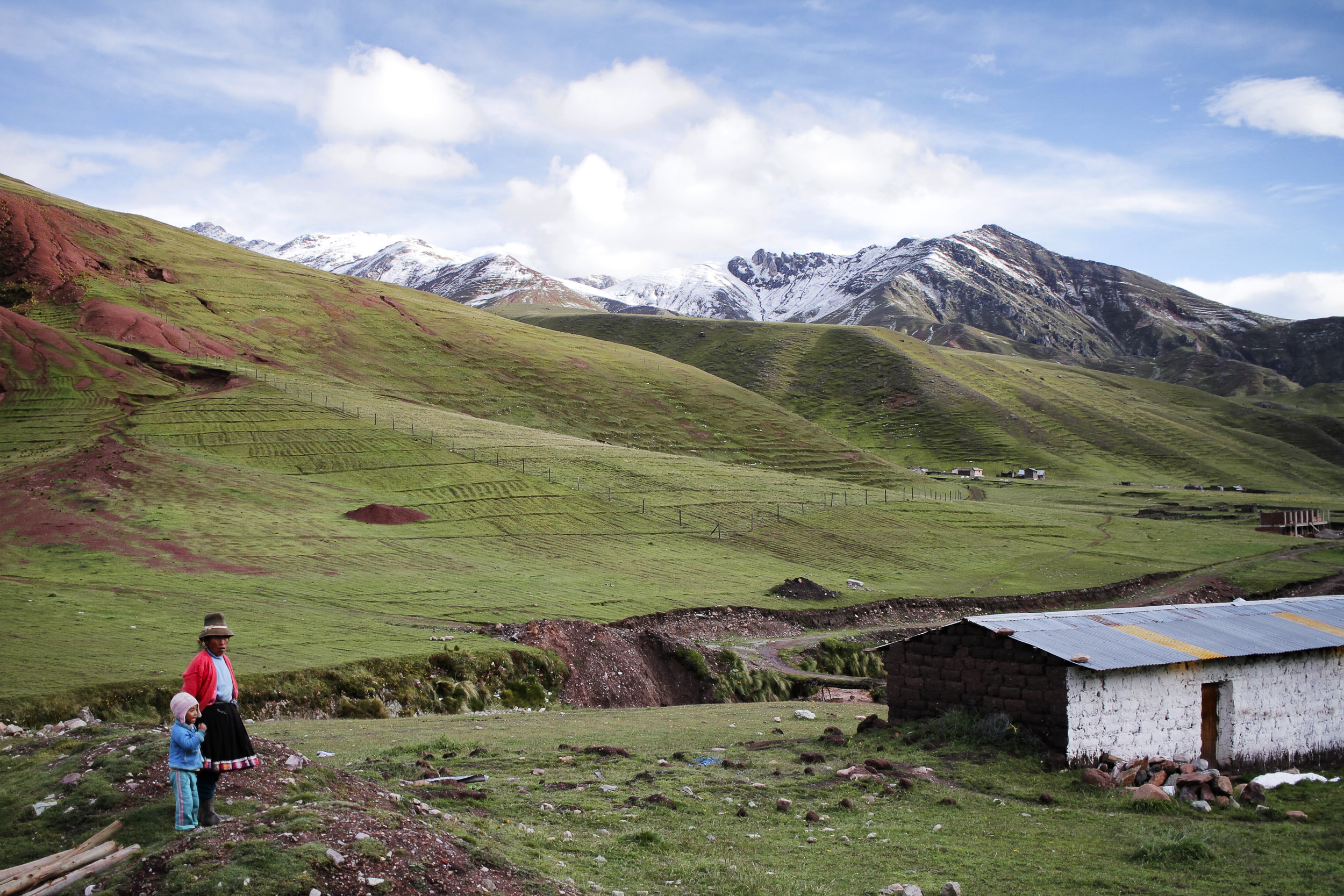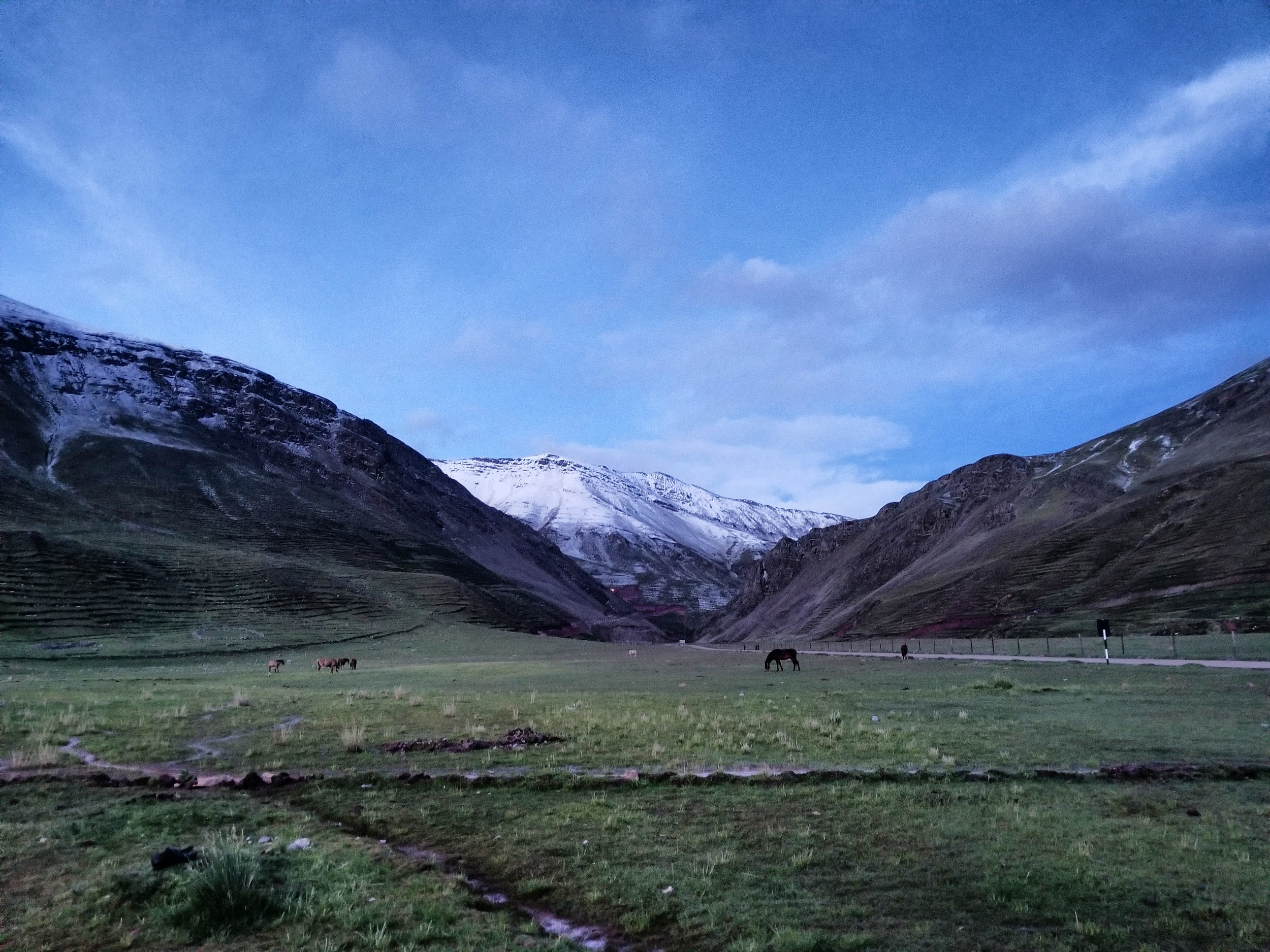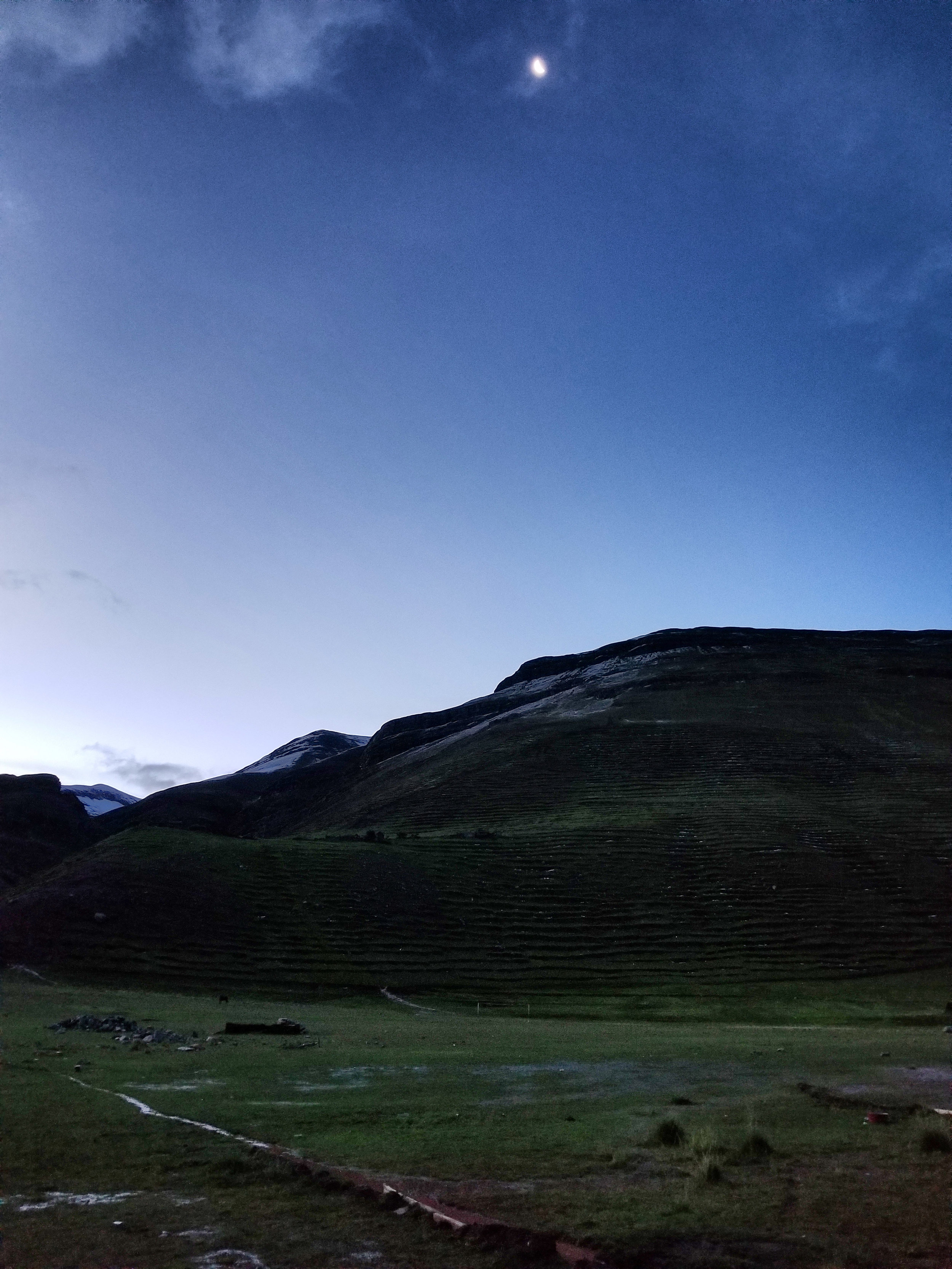Vinicunca, Peru
Near-Death Experience on Rainbow Mountain
Traveling for two weeks in Peru was off to a great start. First, I spent in 24 Hours in Lima meeting up my Peruvian friend, Esau, and then we enjoyed Islands Made of Rock & Tropical Deserts of Paracas, Dune Buggy Rides & Wine Tastings in Huacachina and The White City of Arequipa. From Arequipa, I spent a day Hiking Peru’s Epic Colca Canyon and then moved on to Cusco, Once the Capital of the Inca Empire. With Cusco as home base, day trips to Rainbow Mountain, Sacred Valley: Peru’s Andean Highlands and Machu Picchu: A Dream Come True were some of the highlights.
In Cusco, I arranged a day trip to Rainbow Mountain. The tour was to begin at 4:30 a.m. the following day with a pickup from my hostel. Ready and waiting with a small backpack filled with my camera, water bottle and a few snacks, off we went. Our return was planned for 6 p.m. that evening and meals were provided by the tour. Sadly, the weather was pouring rain as we gathered the others around the city but hoped it would clear by the time we reached Rainbow Mountain.
Rainbow Mountain, also called Vinicunca, Winikunka, Montaña de Siete Colores and Montaña de Colores, had recently popped on to my radar. In photos, the mountain looked as if someone melted colorful crayons down the sides. The “stripes” of Rainbow Mountain are from its mineral composition:
Pink for red clay, mud and sand
White for quartzose, sandstone and marls rich in calcium carbonate
Red for iron and clays from the Neogene period (23.03–2.58 million years ago)
Green for phyllites and clays rich in ferro magnesian
Earthy brown for fanglomerate made of rock with magnesium from the Quaternary period (2.58–0.5 million years ago)
Mustard yellow from sandstones rich in sulfurous minerals
The photos I’d seen of the brightly colored mountain range peaked my interest and I couldn’t wait to take some of my own.
Preparation is Key
Before getting ahead of myself, a warning. First off, wear hiking boots and waterproof ones depending on the season. Sneakers are not enough and will be soaked through in wet weather. The hike is high in the mountains and even though it's near freezing the sun is incredibly hot. Most of the hike I had to carry my coat, sweatshirt and long sleeve shirt because I was sweating to death. It's not necessary to take all these layers on the hike. Leave your coat on the bus.
It's also extremely important to wear sunscreen everywhere. The sun's reflection off of the snow was so intense that in the following days I came down with second degree sunburns. The sun reflects mostly on to your neck, chin and face when hiking so make sure to cover those parts generously.
And finally, pack water and snacks. The hike is three hours up and three hours back down so it'll take most of the day. A walking stick might be helpful if the weather is particularly icky including any snow, rain or ice. Of course, sunglasses are necessary and a hat might be helpful.
Arrive at Rainbow Mountain
Our bus drove two hours before stopping for breakfast in a small town where we were served bread and butter with jam, pancakes and tea. After breakfast was another hour drive into the mountains. Because the night before had stormed so heavily, the rain turned to snow high up in the mountains and the roads were covered with fallen trees and moving water as the snow began to melt with the rising sun.
As we pulled up to Rainbow Mountain, the bus parked and everyone began to unload. Things got chaotic pretty quickly. There were hundreds of tourists unloading at the same time. Guides were shouting over one another and no one knew where to go. You could feel the excitement in the air. Our guide gave my group a team name (Huayna or Wayna, meaning "young peak") in case anyone got lost.
A bunch from our group had to use the toilet and luckily there was a tiny portable bathroom in the middle of the snow. In preparation, our guide suggested we wear sunglasses but no other precautions were mentioned.
Hike the Treacherous Vinicunca
One by one, we filed through the entrance paying a fee of ten soles. Many of the groups stayed together as they hiked but I learned that if you want to make it to Red Canyon once you reach the top you'll need some extra time so I decided to take off on my own and meet up with my group at the summit.
The three hour hike up Rainbow Mountain was brutal, one of the toughest things I've ever done. It's beyond me why locals didn't cancel the climb due to poor weather. Nearly six inches of snow was now six inches of mud and slush. People were slipping and sliding all over the place. Small streams began to form and rush down the mountain as we climbed in the opposite direction.
Noticeably, a few hikers paid for a guide and horse to carry them up the mountain. Originally, horses seemed excessive but as time went on I wished for one of my own (although I heard they are super expensive). Not only did I struggle with the hike itself but the altitude was getting to me. Vinicunca Mountain is located on the way to Ausangate Mountain in the Andes of Peru and stands over 17,000 feet high.
The sun came and went leaving it either boiling hot or quite chilly at times. The hike itself went through phases of flat sections and extremely steep areas. The toughest bit of the hike is just before you reach the summit. Once you arrive at the top you can rest or continue on to the Red Canyon range. Sadly, I was nearly dead so I wasn’t able to continue on.
Appreciate Breathtaking Views From Above
Worst of all, after the intense climb there was no reward. Rainbow Mountain was completely covered in snow. No one could see the beautiful colors dripping down the slopes like melting ice cream (sunburned and disappointed, my face says it all).
And even if it was clear, forget about a nice photo. The top of Rainbow Mountain was much smaller than expected and packed with tourists; it felt like one little nudge and I might go flying off the side of the mountain.
All things considered, even though the climb was brutal, the views at the top were nothing short of breathtaking. Every direction was filled with sunny blue skies, wispy clouds and white mountaintops. The guides told us we had to be quick because a storm was coming, and that high up, the weather turns quickly. After a 30 minute rest we began the descent.
Descend the Peak
Descending Rainbow Mountain was just as tough as the climb. We literally had to side step inch by inch in some areas as to not slip and fall. Water continued to rush down the mountain faster and faster and the whole valley was soaked through.
On the way down I came across a girl who was perched on the ground with an oxygen mask to her face. It looked as if she was having a panic attack or hyperventilating, puking all over the place. Later on, I learned that another girl had fallen and twisted her ankle on the mountain. To top things off, our guide continued to scream at us to move faster down the mountain.
Once I reached the bottom I was incredibly grateful; feeling nauseous from the high altitude and extremely uncomfortable. To help remedy my feelings, I grabbed a Snickers bar from a vendor and shoved it into my mouth. As the Huanya group finished up, we loaded back onto the bus. Our guides seemed to be rushing us off the mountain unnecessarily.
Discover Our Only Way off the Mountain Had Washed Away
The bus began its climb down off the mountain when almost immediately we noticed a backup. Nearly 20 buses were lined up in front of us. Confused, we began to grumble and look out the windows for answers. It was pretty evident why we had stopped at that point. Our only road off the mountain had washed away.
As we sat waiting for a plan, the road to exist the mountain began to crumble even further and fall into what was now a strong flowing river. A few women began to panic, praying to Jesus out loud, expressing disbelief and horror. The temperatures began to drop so we unpacked blankets from the morning commute and wrapped them around ourselves. One of our guides took off to phone for help because no one had phone service in the mountains.
Scale a Mountainside
After some time a plan was finally hatched. With the weather cooling off, no food or water and no way out we had to do something quick. We would scale the side of a mountain to reach a tiny village nearby. In this town we would find food and warmth before the sun went down and could wait for rescue. The Huaynas evacuated the bus leaving the driver to fend for himself, babysitting the vehicle and we began to hike over the side of the mountain.
What we were told was a 20 minute walk turned out to be a terrifying hour long hike over steep terrain. The ground was slippery and unstable. But eventually, a beautiful little village came into view. It sat between two enormous mountains in a bright green valley and I was never so happy to see civilization.
As we got closer to the village, we passed crops growing on the steep sides of the mountains and occasionally a local would sprint by us leaving dust in our faces while we carefully planned each and every step. Spending their entire lives in such a place, they didn’t seem phased by the conditions at all. When we finally reached town, two little kids welcomed us with a rainbow flag, the official flag of Cusco.
Reach a Remote Village in the Peruvian Andes
A few of us gathered and waited for everyone else to show up. Of course, I played with a the children, asking their parents if it was okay to take a photo. In turn, I tried my best to speak Spanish with them, telling the girls how beautiful they were and showing them the photos I had taken.
As space cleared, we made our way into a local restaurant. It was now late afternoon and everyone was starving. The original plan was to stop for lunch just off the mountain but that wasn't happening and none of us brought much to eat since meals were meant to be provided by the tour.
After we sat down we learned the restaurant had run out of food. The cook was able to serve us some broth and hot tea to warm up. We paid for our meal and then met up with the others at another restaurant in town. By this time, the sun began to set when we realized our guide had disappeared; no one had seen him for hours.
Desperate and in search of warmth and consolation, I joined a group of girls, one from Hong Kong and two Brazilians. We all sat in a circle huddling together telling stories and talking about how insane the day had been thus far. No one knew how we were going to get off the mountain and we were three hours away from Cusco in freezing temperatures without much food or water. There was no place to sleep, no cell phone service and our guides had disappeared. #imightdie
There was nothing to do but wait and wonder. I started thinking, what if all the other roads had collapsed too? How long would we be stuck here? Days? There was no place to shower and only an outhouse outside. Then, everything went black. The power had gone out and more than a hundred of us were shivering in the dark.
Cross a Mudslide & Tumble Around in an Army Truck
Out of nowhere our guide appeared. He yelled, "Huaynas and only huaynas..." There were multiple tour groups waiting just like us but we were the only ones being called. He began to tell us we would be safe but first we had to hike another two and a half miles in the pitch black, cross a mudslide, jump into a truck, drive to a new bus and then drive three hours to Cusco. The girl next to me burst into tears. No one wanted to go back outside into the dark.
Huaynas didn't have a moment to delay. I didn’t even have time to use the washroom. Everyone wrapped up in blankets like burritos and stepped out into the cold darkness. It was so black, I had never seen this many stars in my life. The only sound was water rushing by but it was impossible to tell how close it was. One misstep and you could tumble into a freezing river. A few of us who still had battery life used our phones to guide the way.
My group huddled close together in the cold and walked miles in the dark until we reached the mudslide. Local men were gathered with tools shoveling mud. They gave us a hand as we carefully climbed across. Thank God, we had reached the truck that would bring us to safety. The truck was a military vehicle, covered with a tarp and lined with wooden planks inside. Twenty-nine of us loaded in, our backs to the edges and feet toward the center, sitting directly on wooden boards.
Without windows the one hour ride was terrifying. Every once in a while we would stop and hear honking and see lights flicker through the cracks in the boards. We had no idea if we were about to fall off a cliff or into the river. As thick dust poured into the truck everyone had to cover their faces to breath. It was so bumpy my tailbone split open and started bleeding.
After a grueling one hour ride we made it to the little town where we had eaten breakfast earlier that day. They had prepared a meal for us but almost immediately a few of the girls began shouting. The dust had gotten into their eyes and they were now blind. The girls were holding their eyes screaming and crying.
Without time to eat properly, I shoveled some rice and popcorn in my face as our group loaded up and began the trip back to Cusco. At nearly 1 a.m. we arrived in town, dropping the ones who were unable to see at the hospital. Then, one by one we were dropped at our respective hostels.
The nightmare was finally over and I couldn't believe I made it back alive. Immediately, I hopped in the shower to clean off the mud and dirt caked all over my clothes and body. At least I had made it back in time for my morning tour to Peru’s Andean highlands. And the best part, my Peruvian friend and travel buddy had passed up on the day because he wasn't feeling up to it. He was sound asleep in the bunk next to mine.
Later, I learned Rainbow Mountain is only a recent discovery due to climate change. It's always been covered with snow but as the climate has warmed, snow melted revealing the brightly colored soil. Because of this, Peru doesn't have the proper infrastructure to offer safe tours during poor weather. It requires passage through a valley and an easy method of transportation hasn’t been developed to accommodate travelers. With time, I'm sure transport to Ausangate will improve but until then, travelers beware.


